Mostly Mute Monday: Curiosity’s Greatest Hits On Its 3-Year Anniversary
In August 2012, Curiosity became the heaviest, most advanced rover to ever land on Mars. Here’s what the red planet looks like.
“Studying whether there’s life on Mars or studying how the universe began, there’s something magical about pushing back the frontiers of knowledge. That’s something that is almost part of being human, and I’m certain that will continue.” –Sally Ride
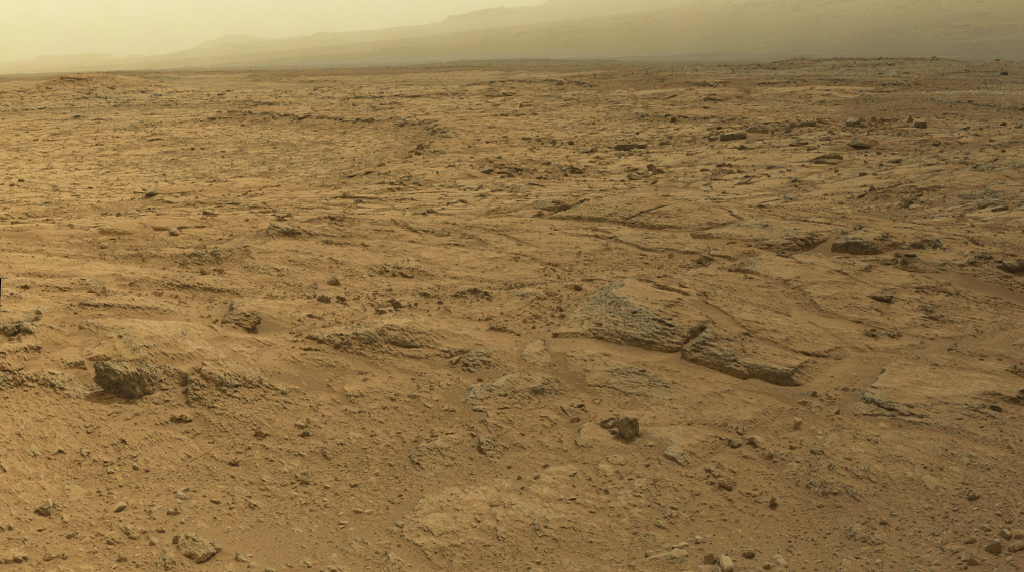

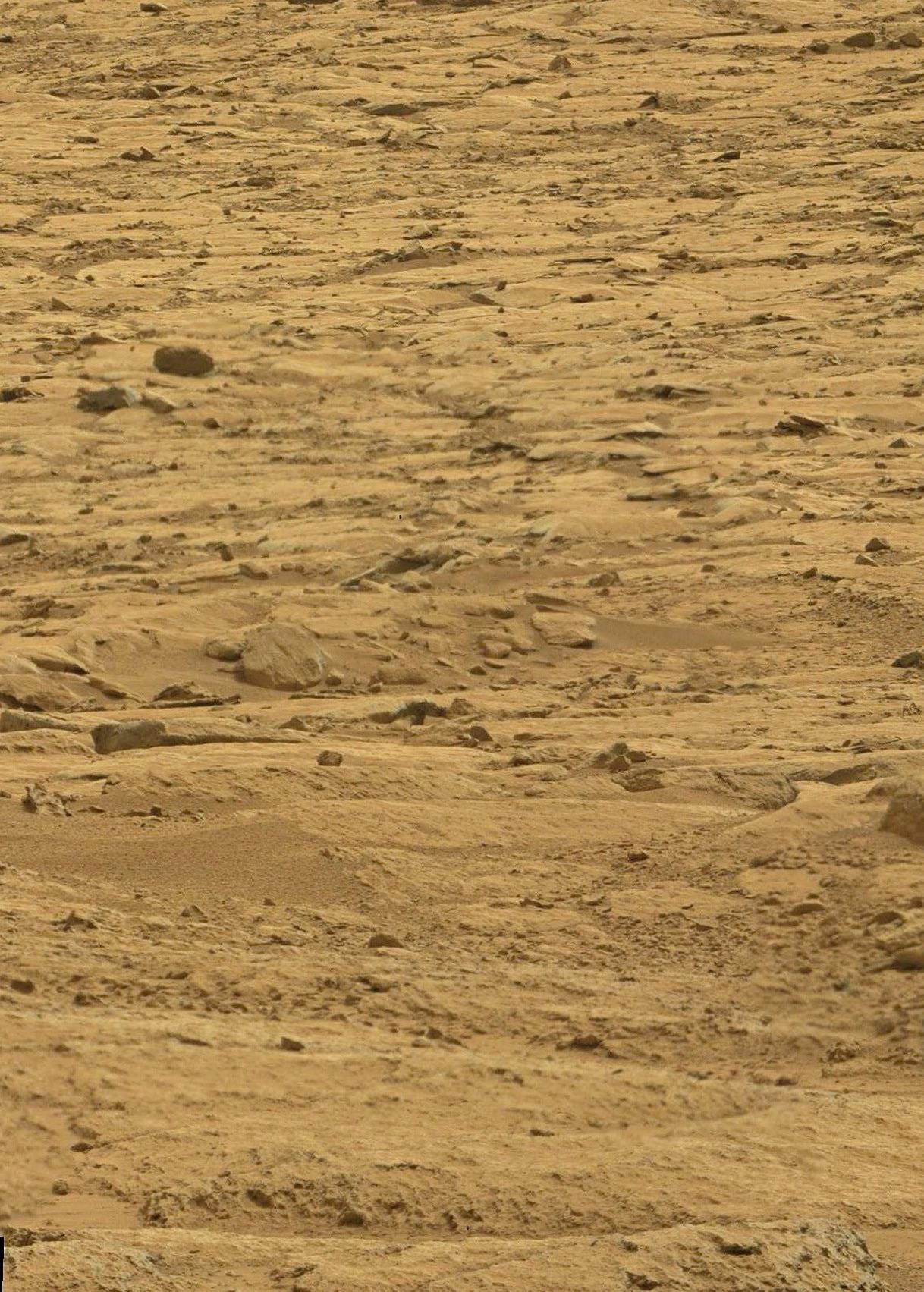


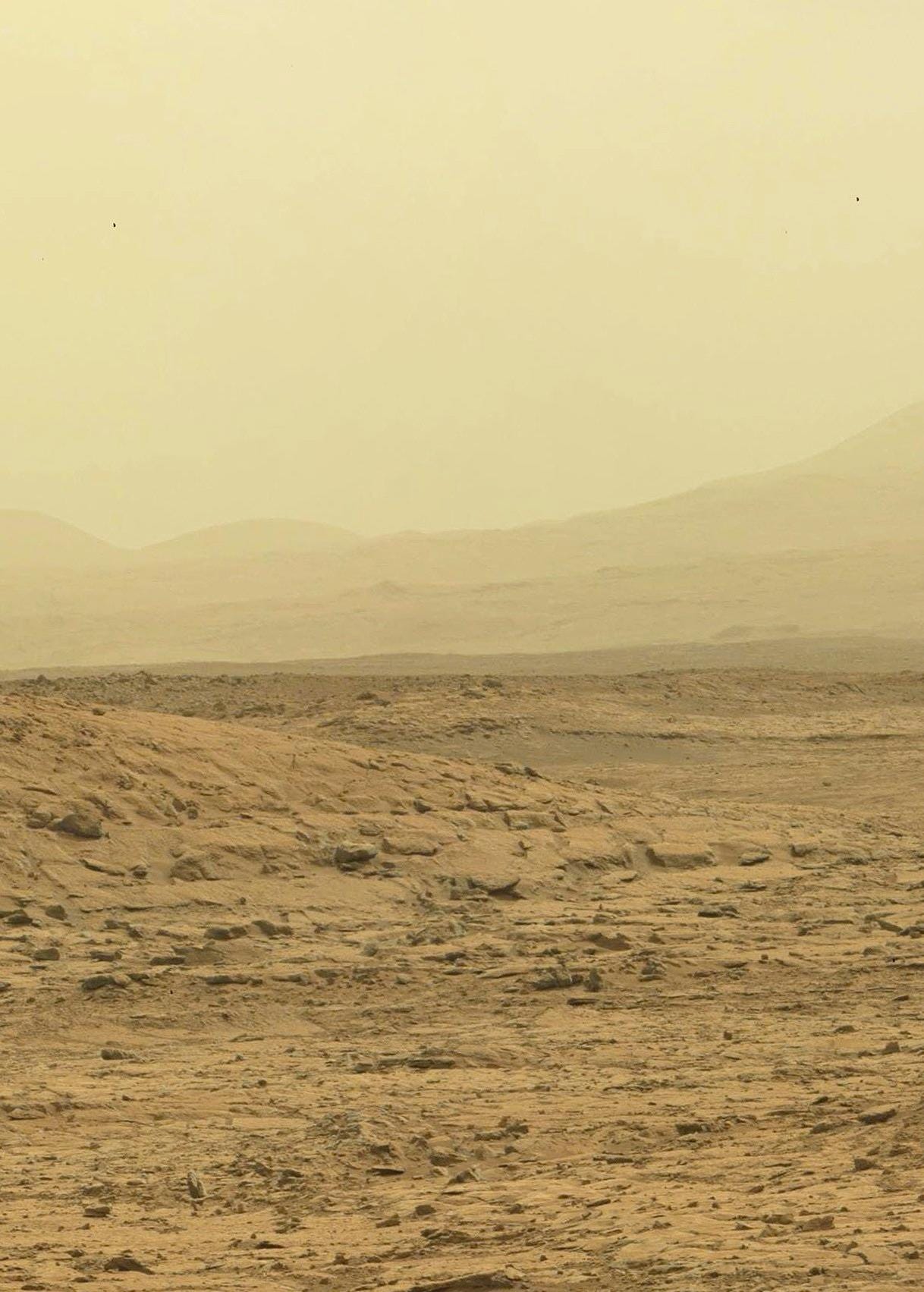


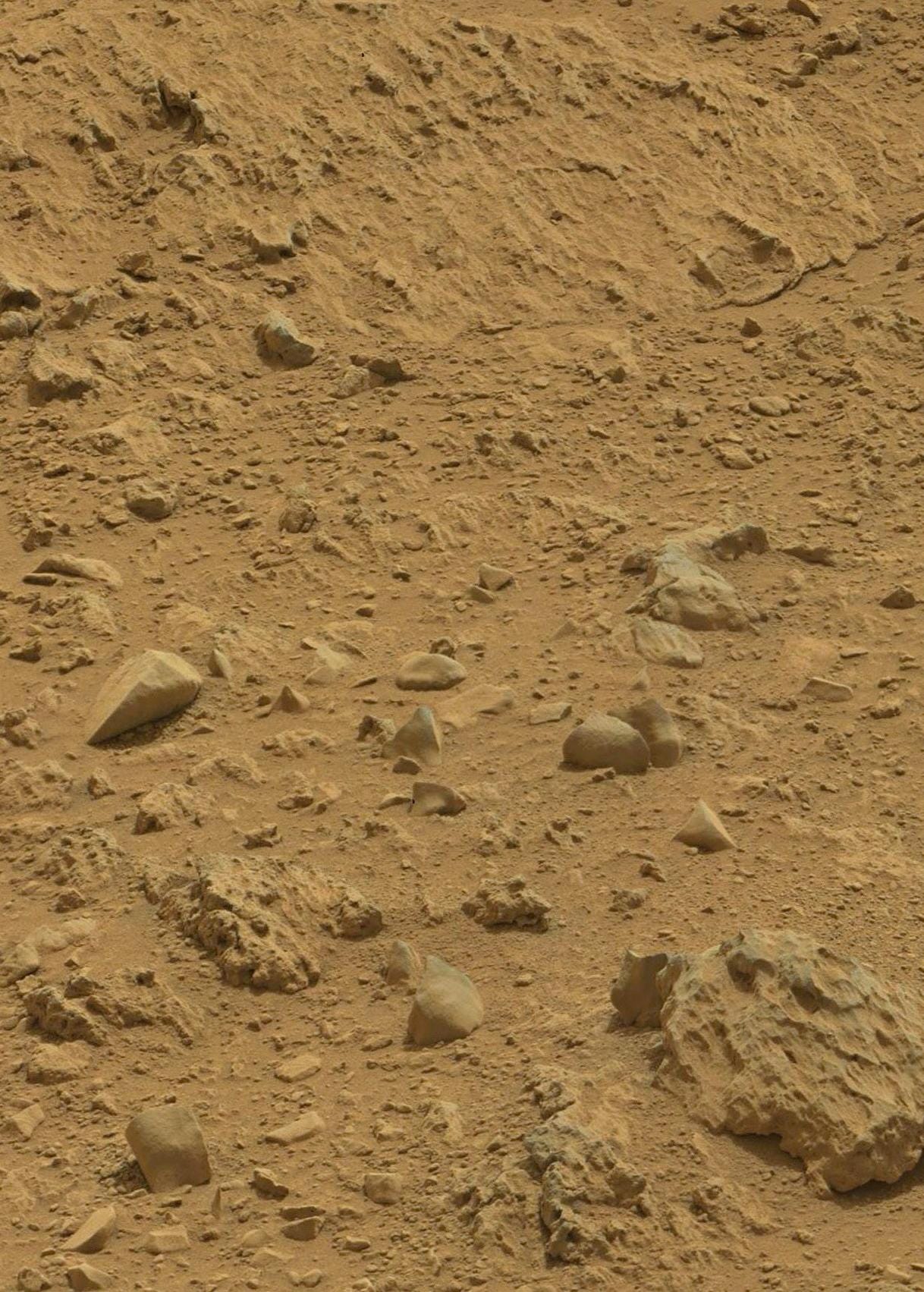

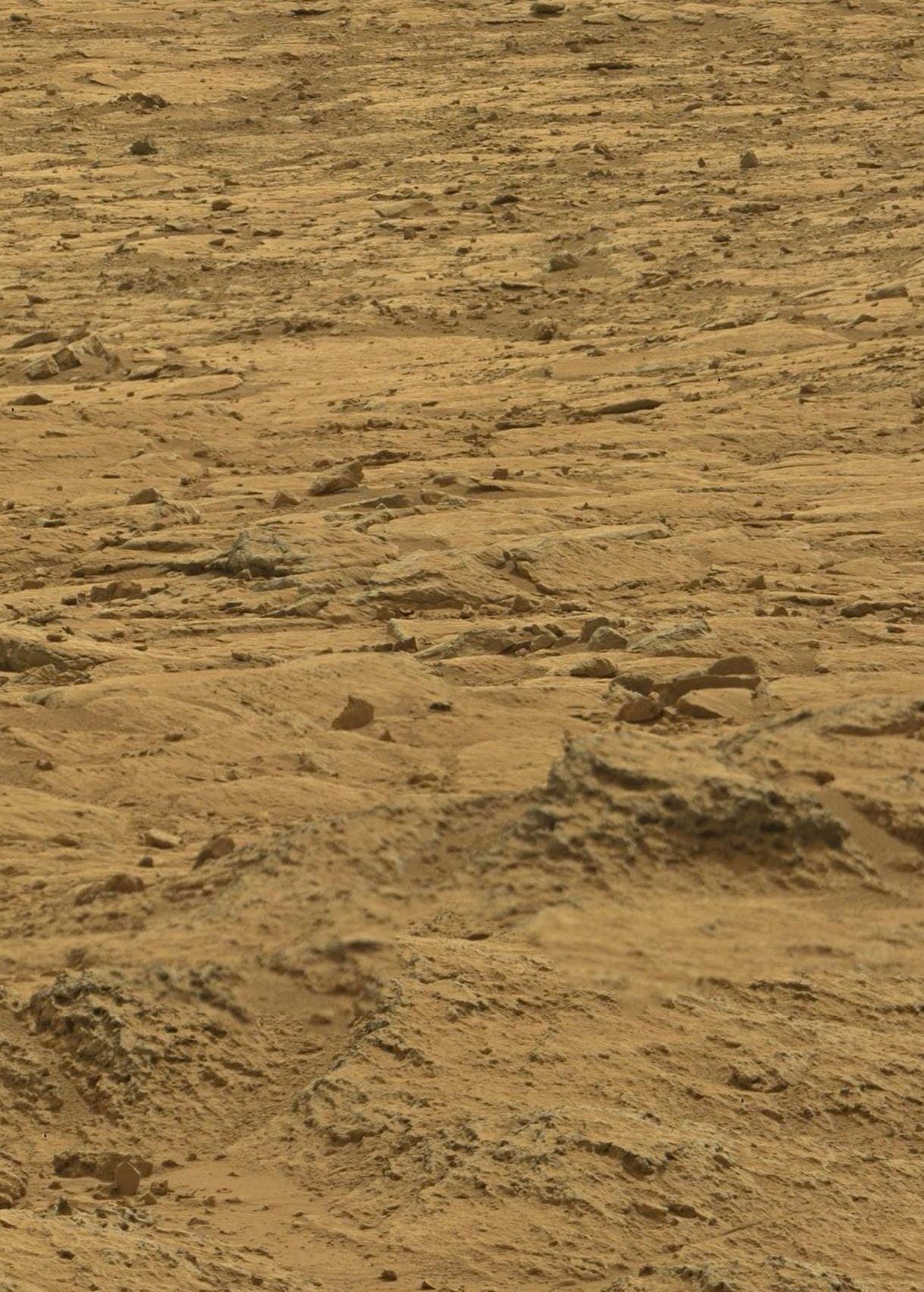
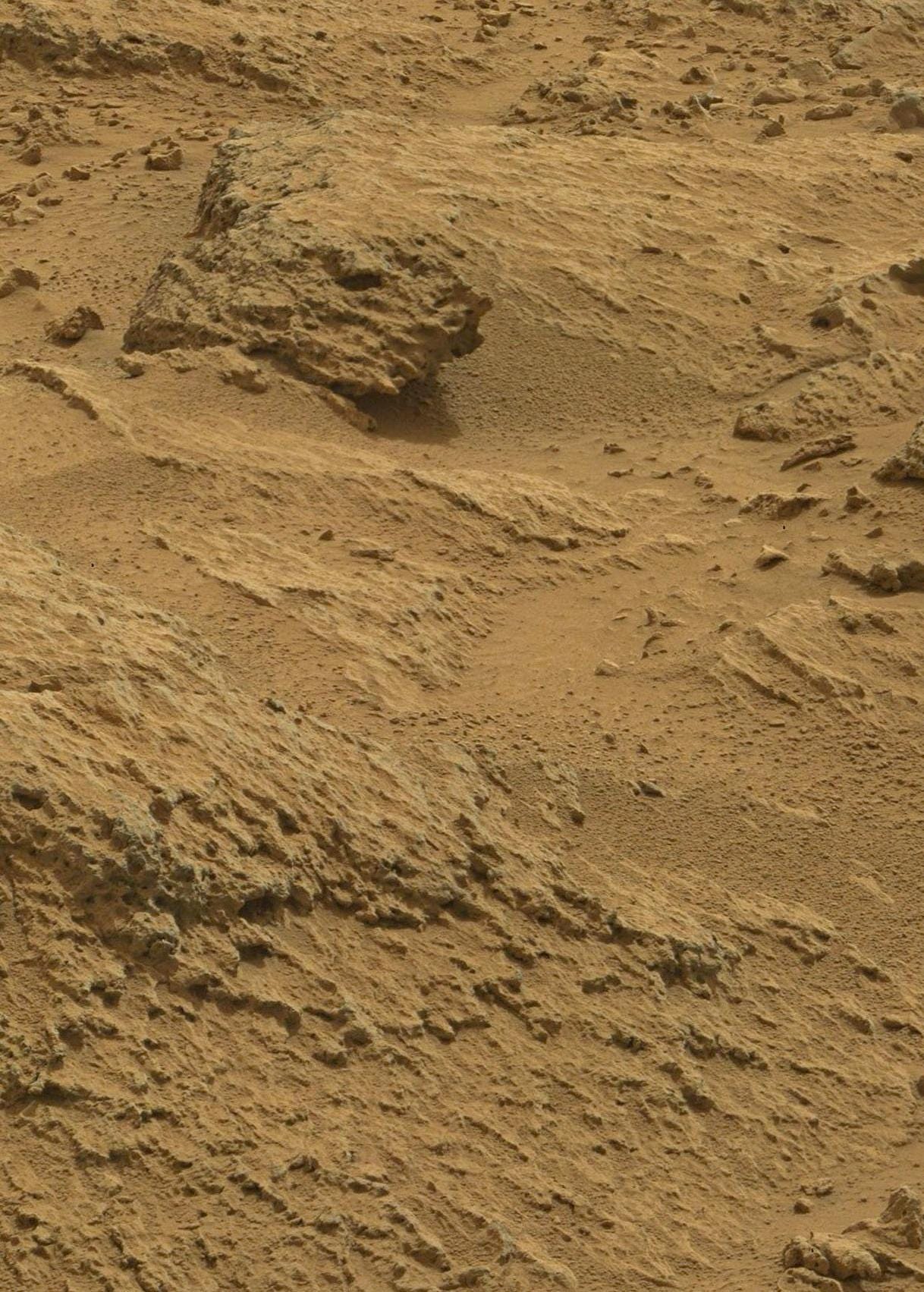
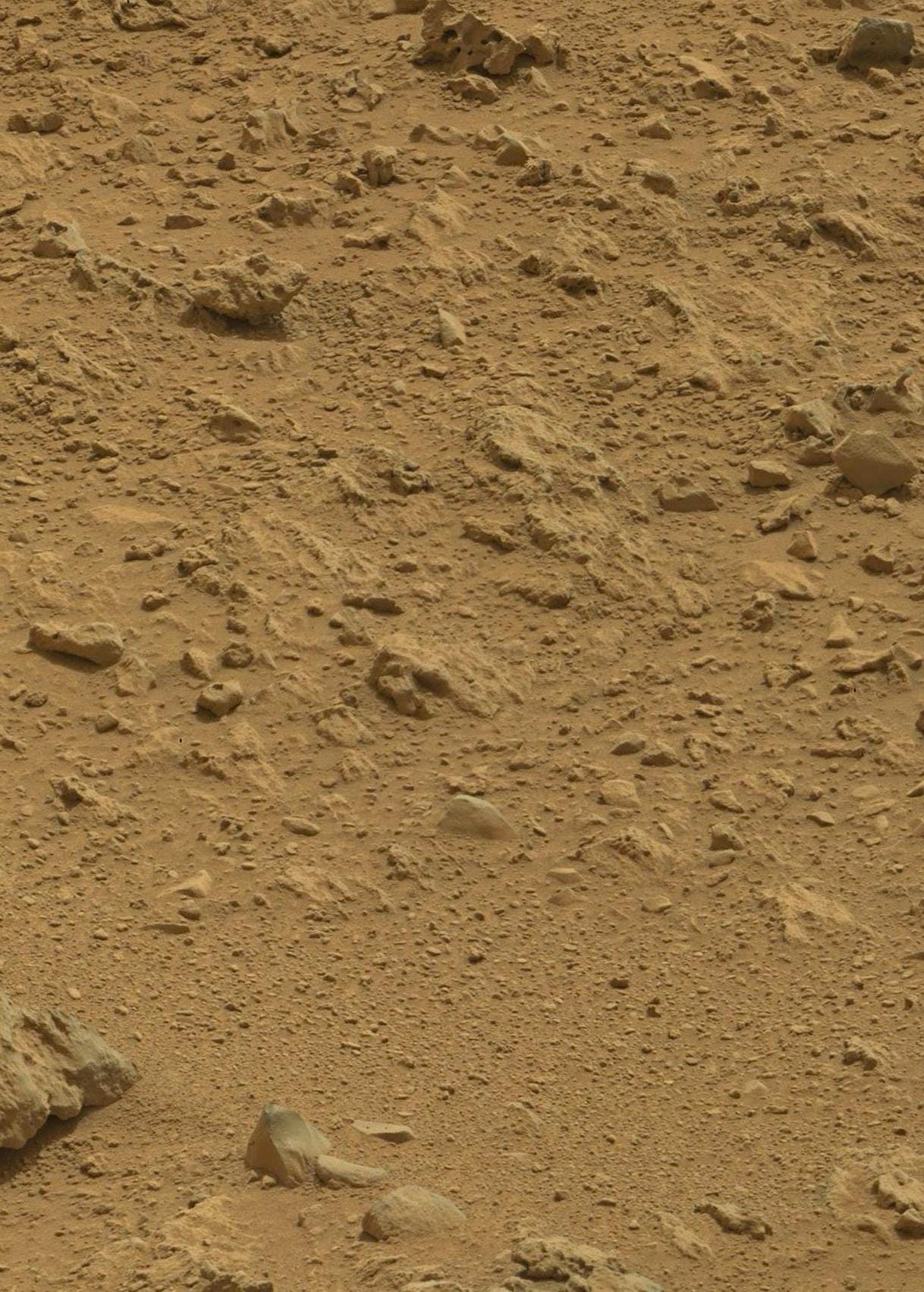

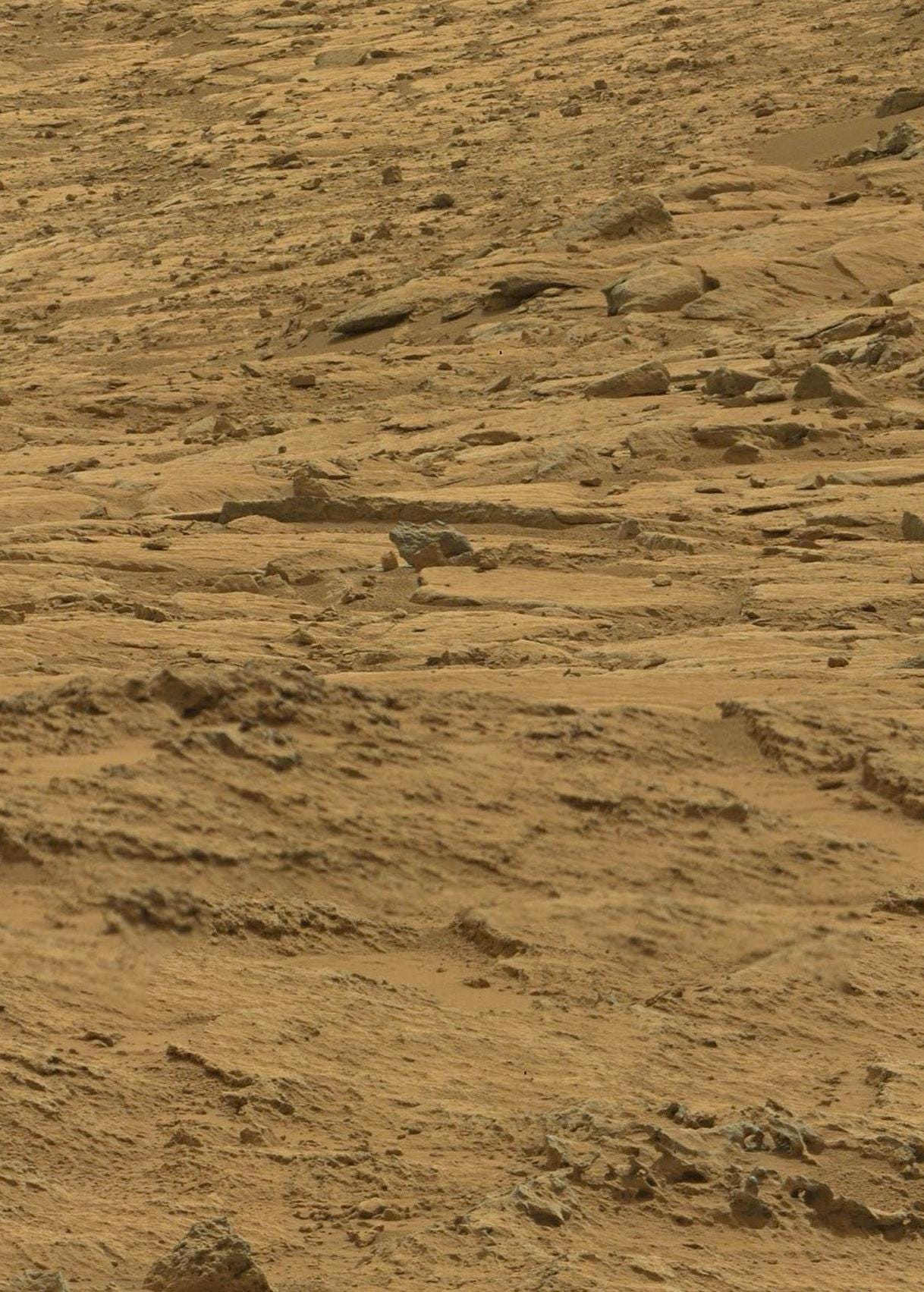
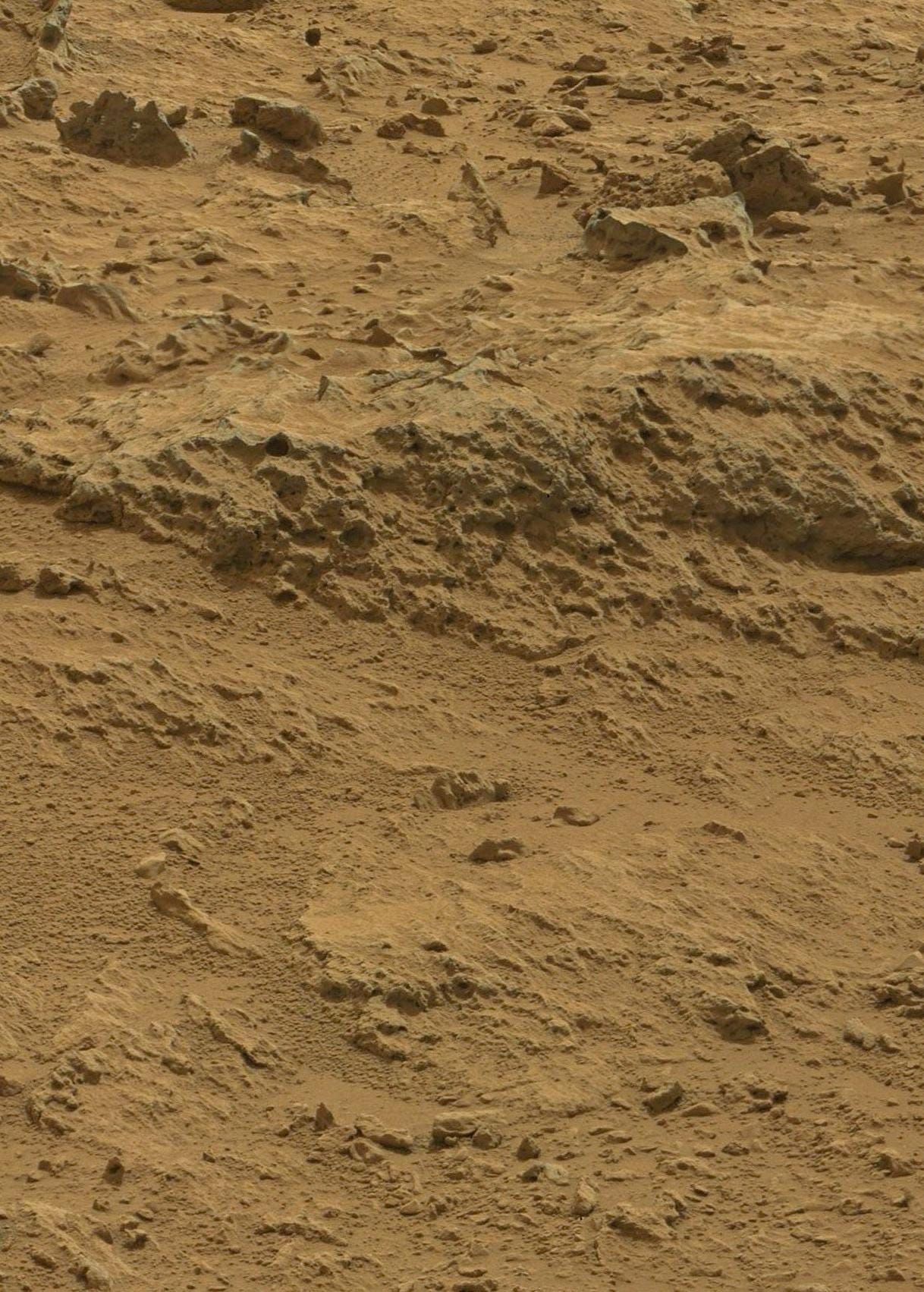
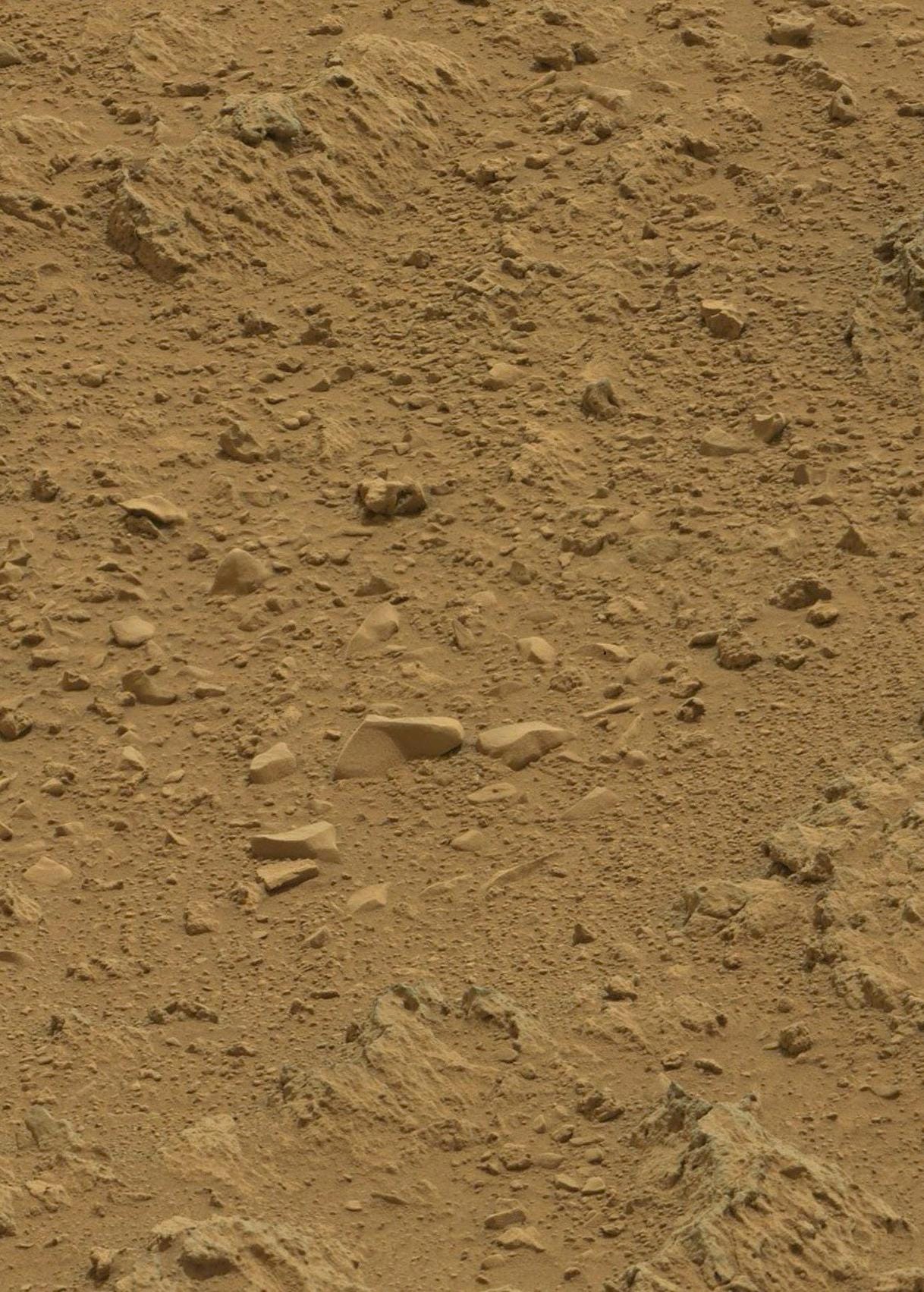

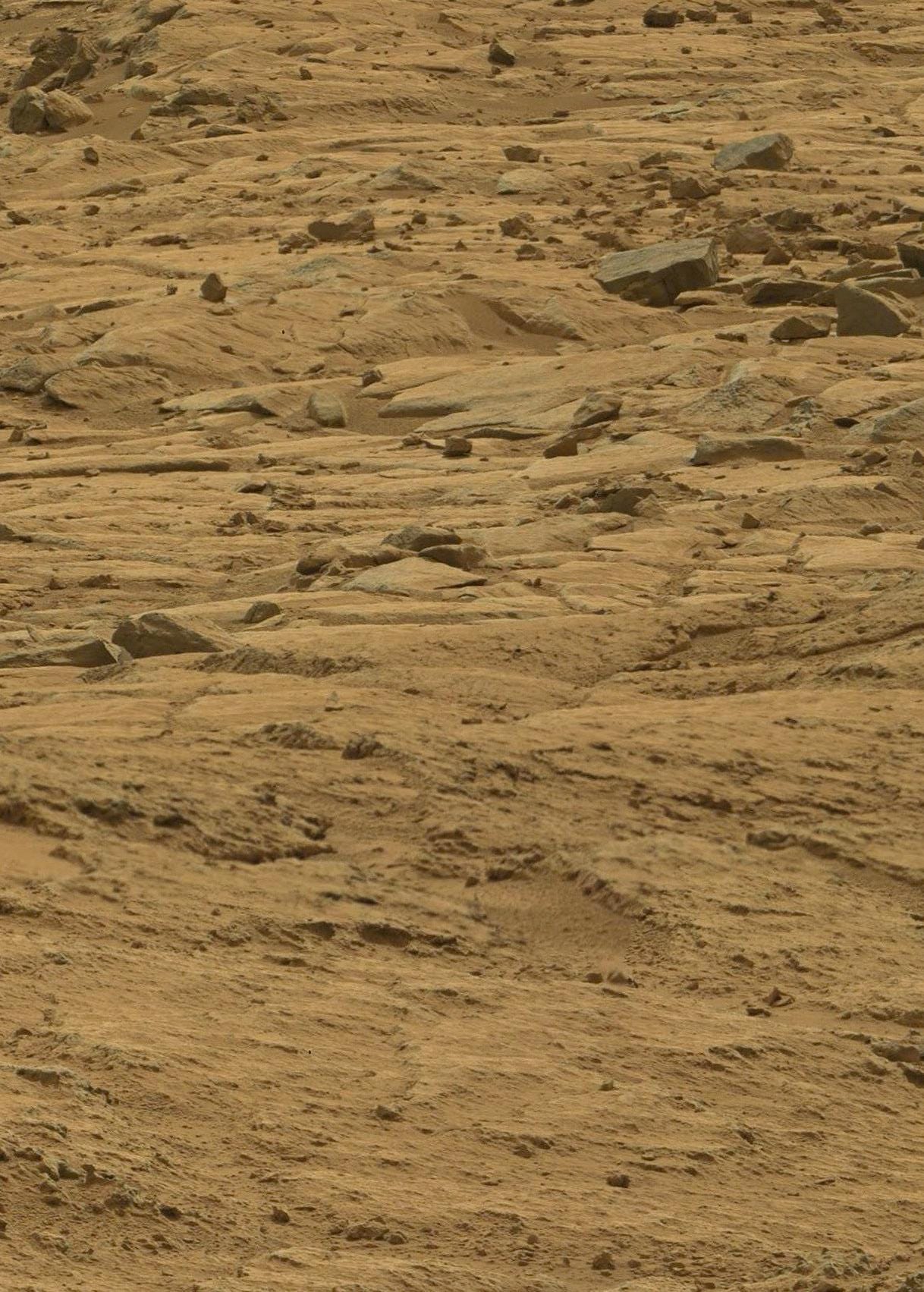


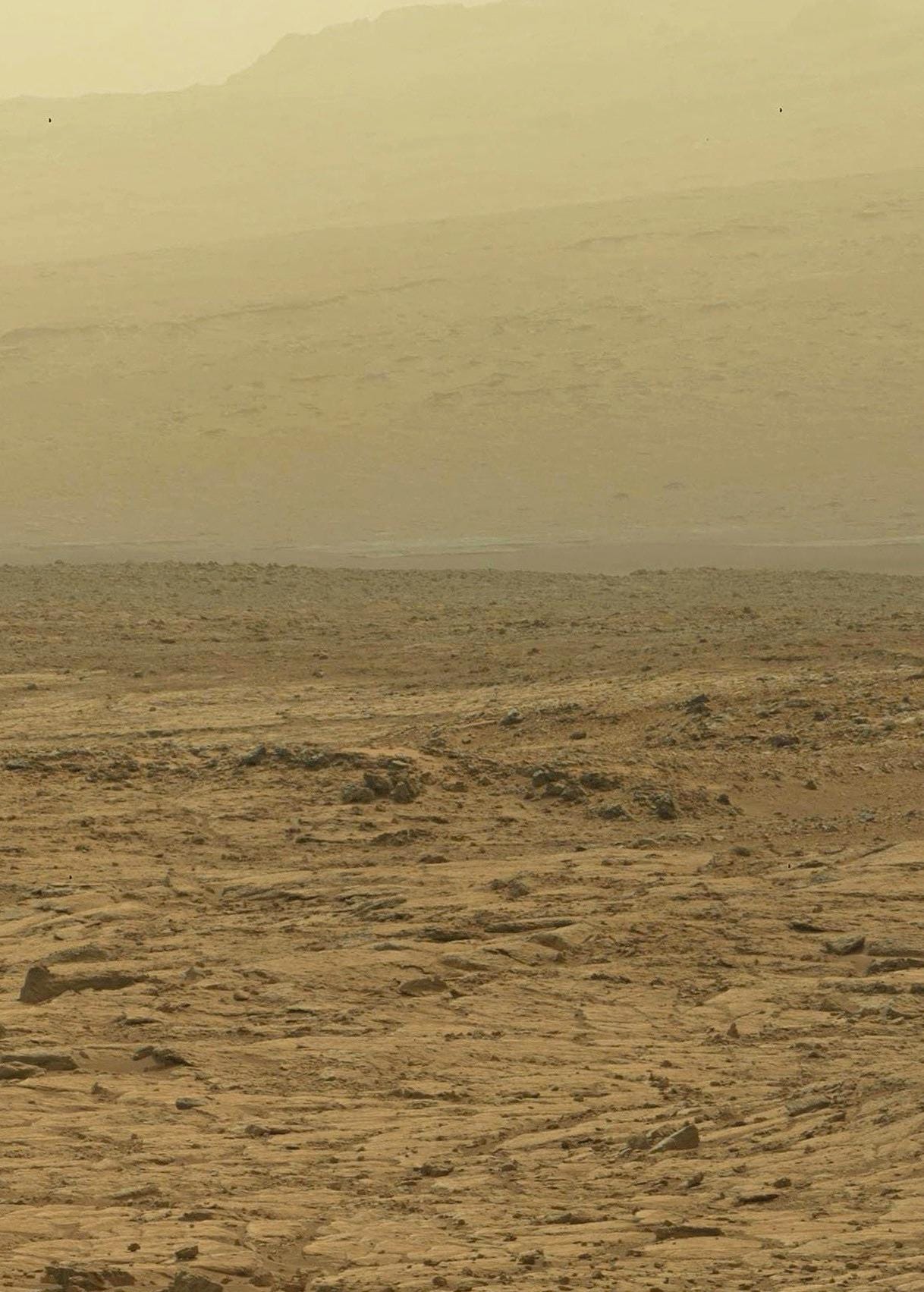
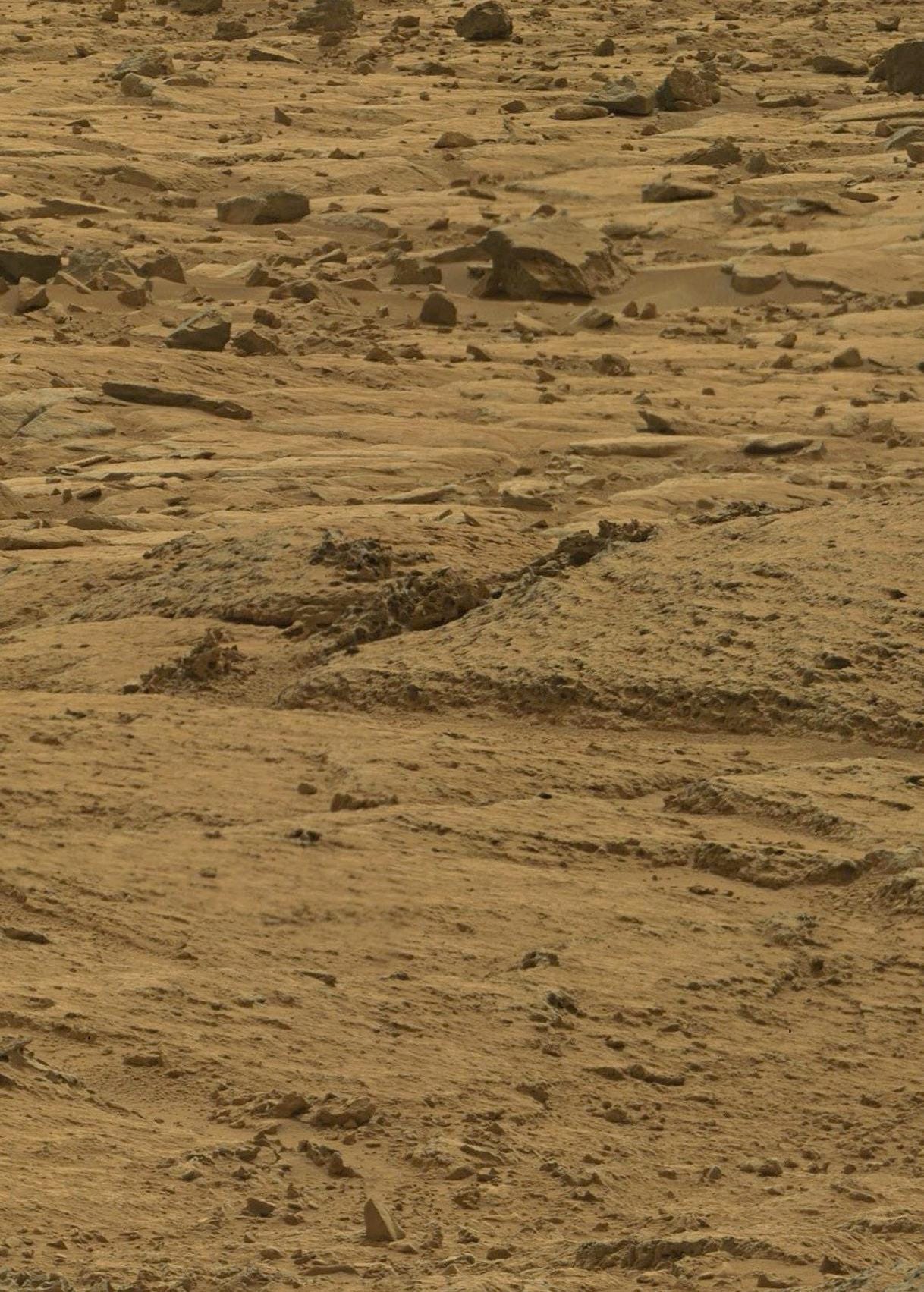
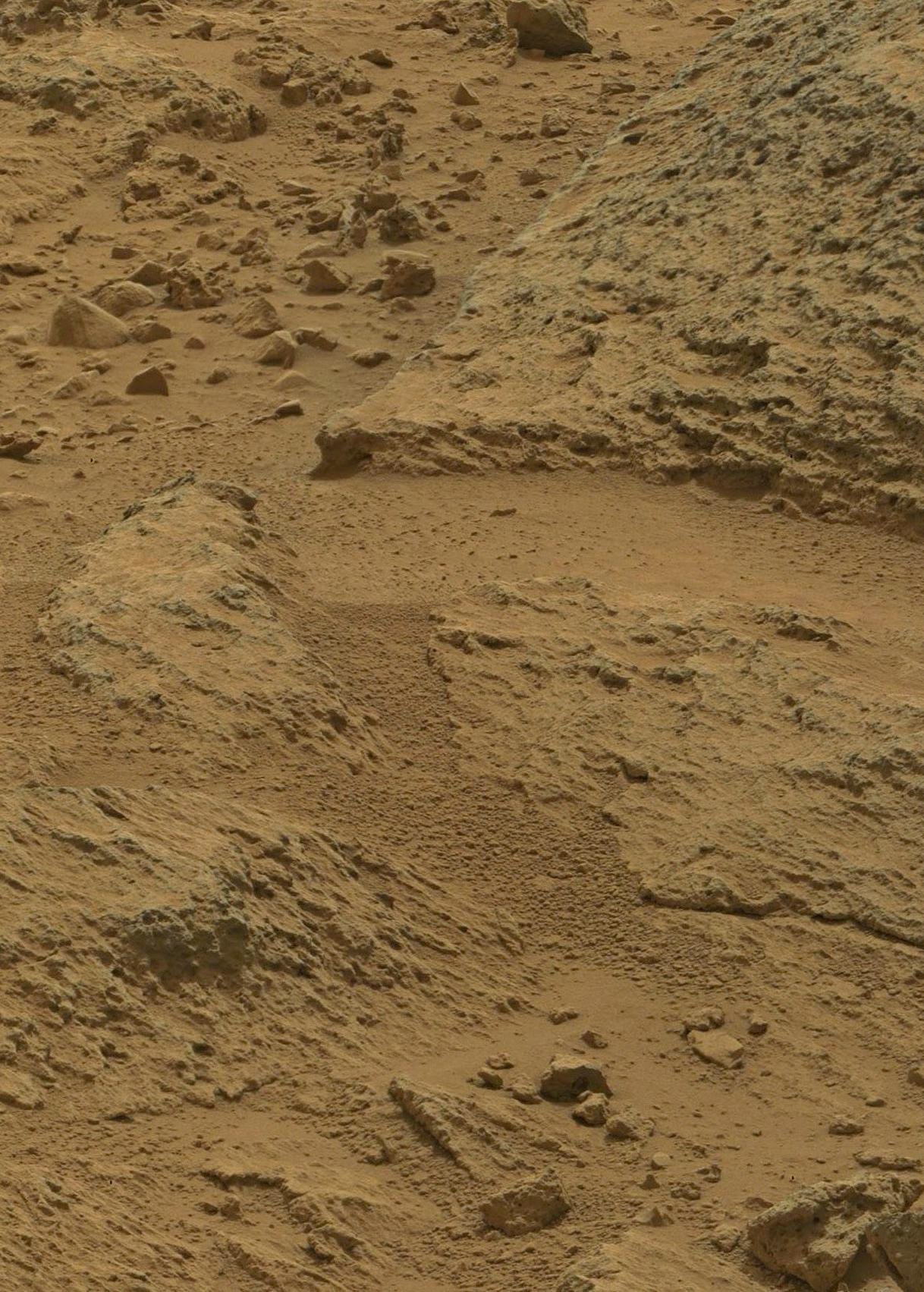
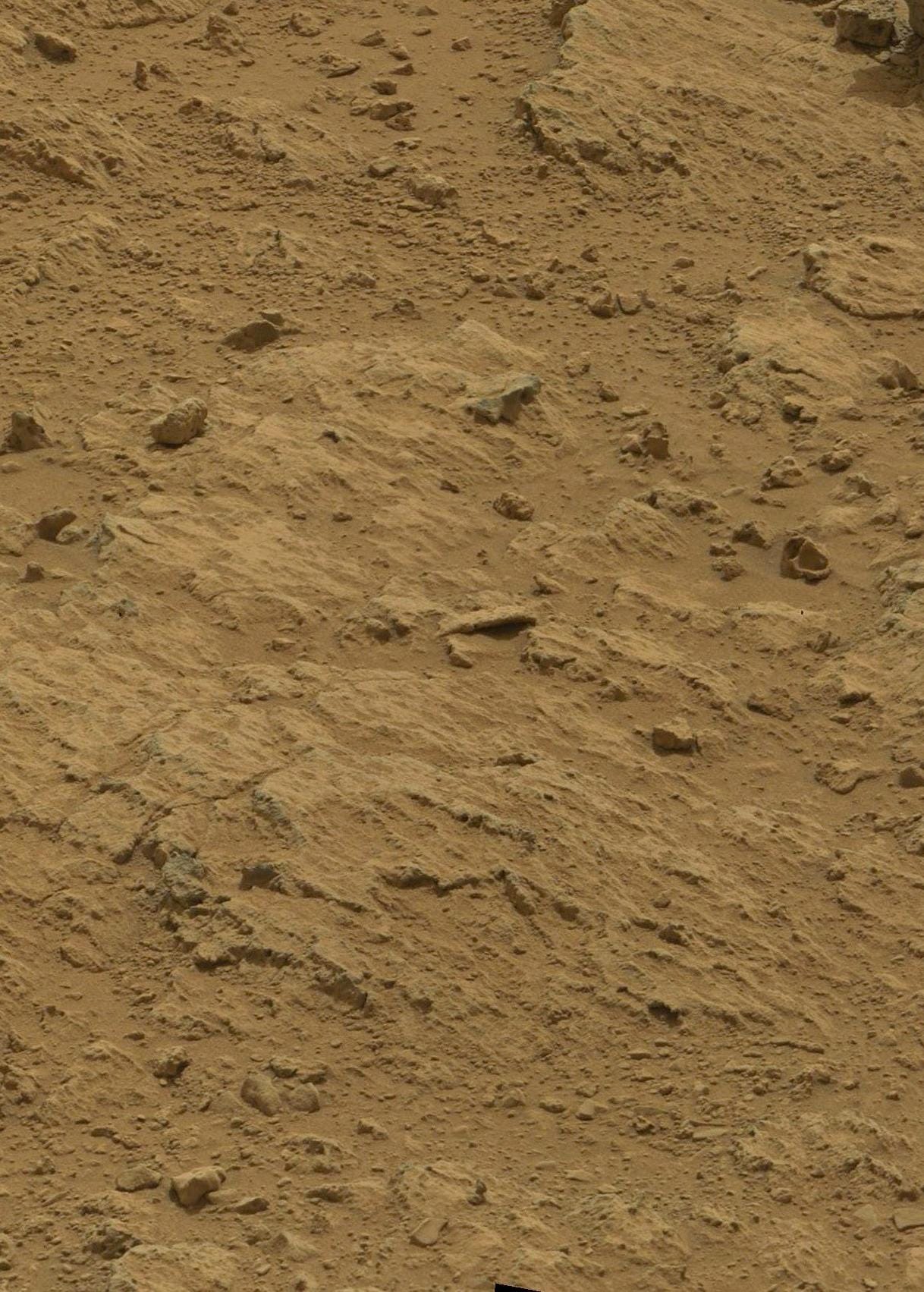
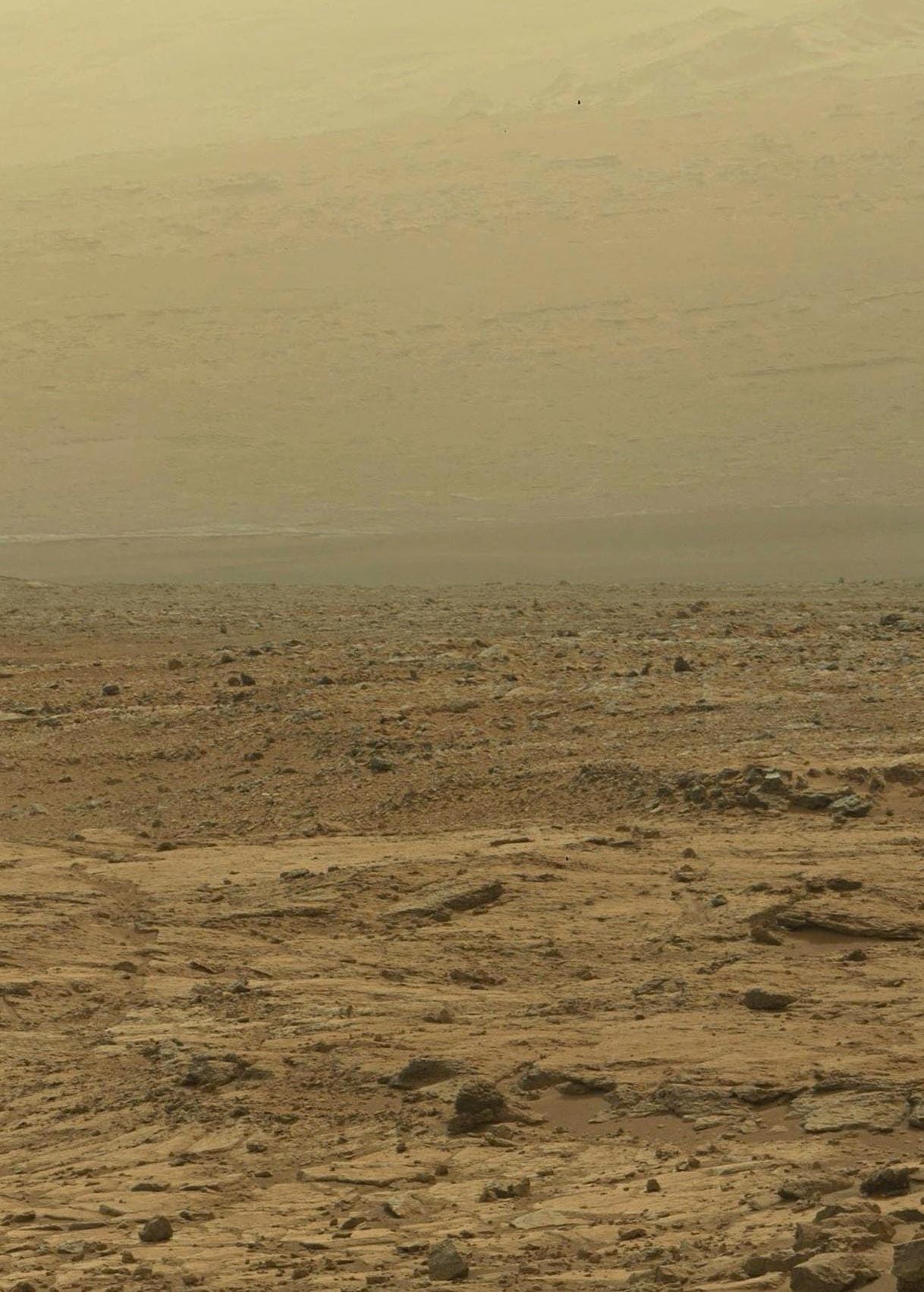
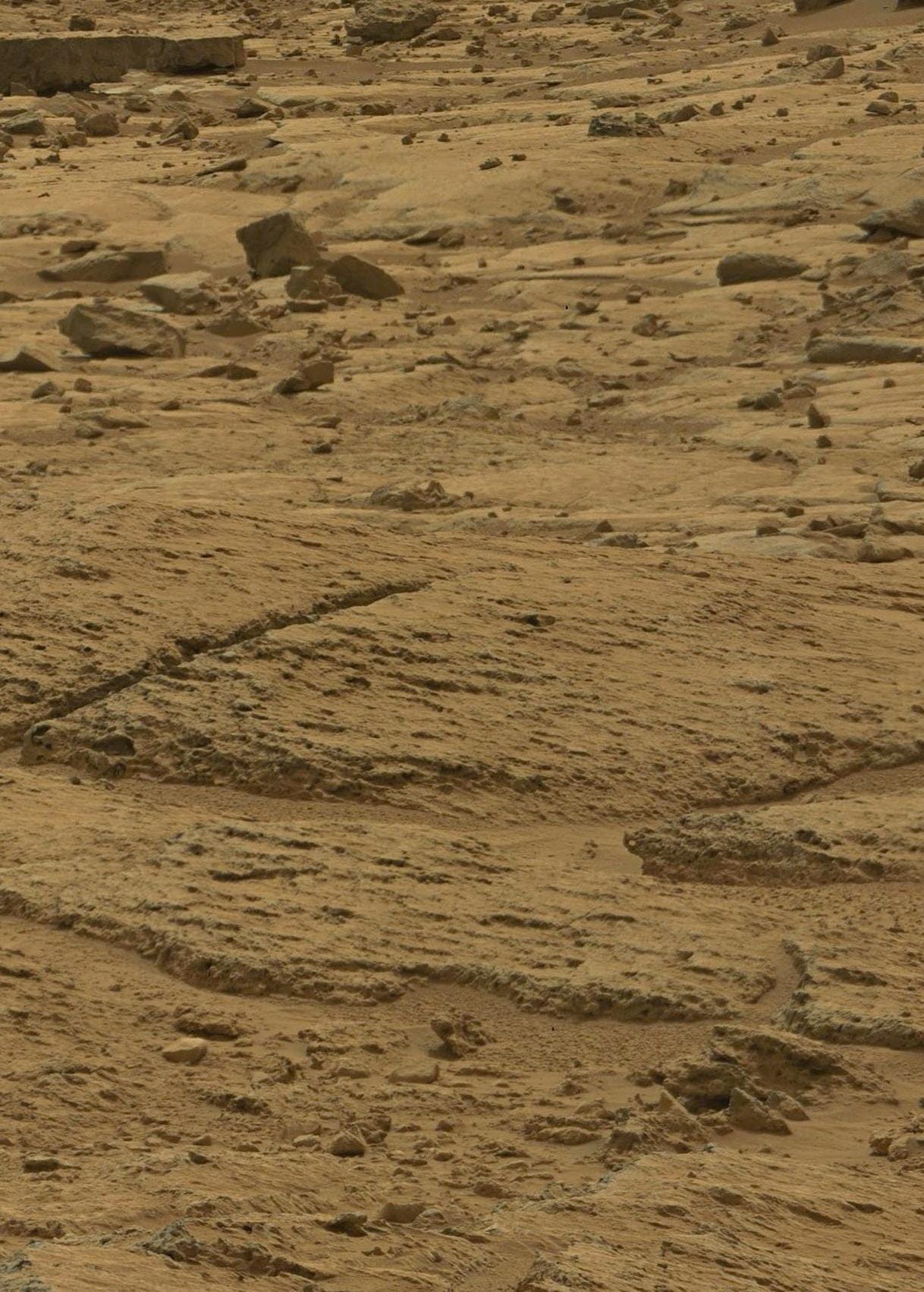
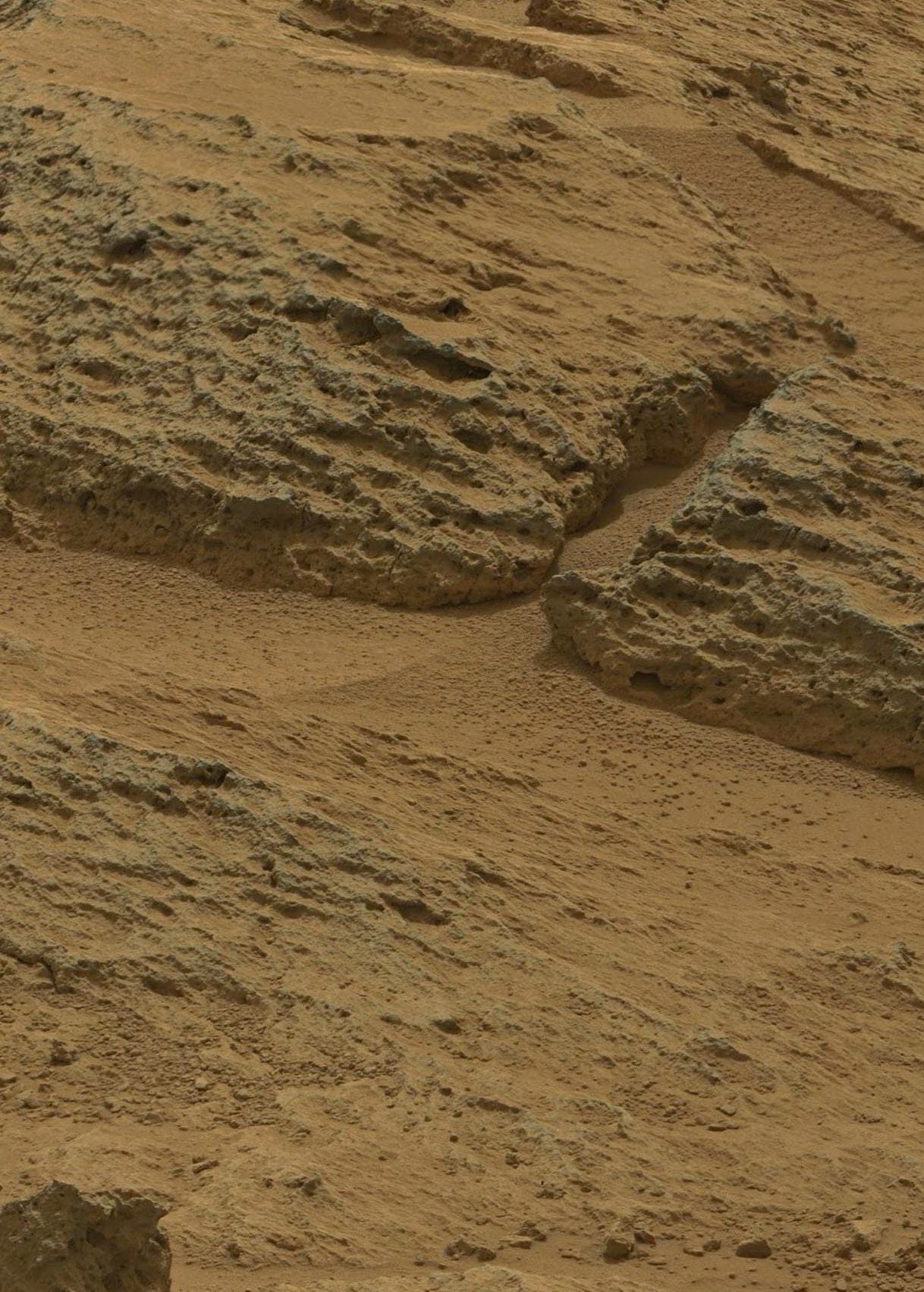

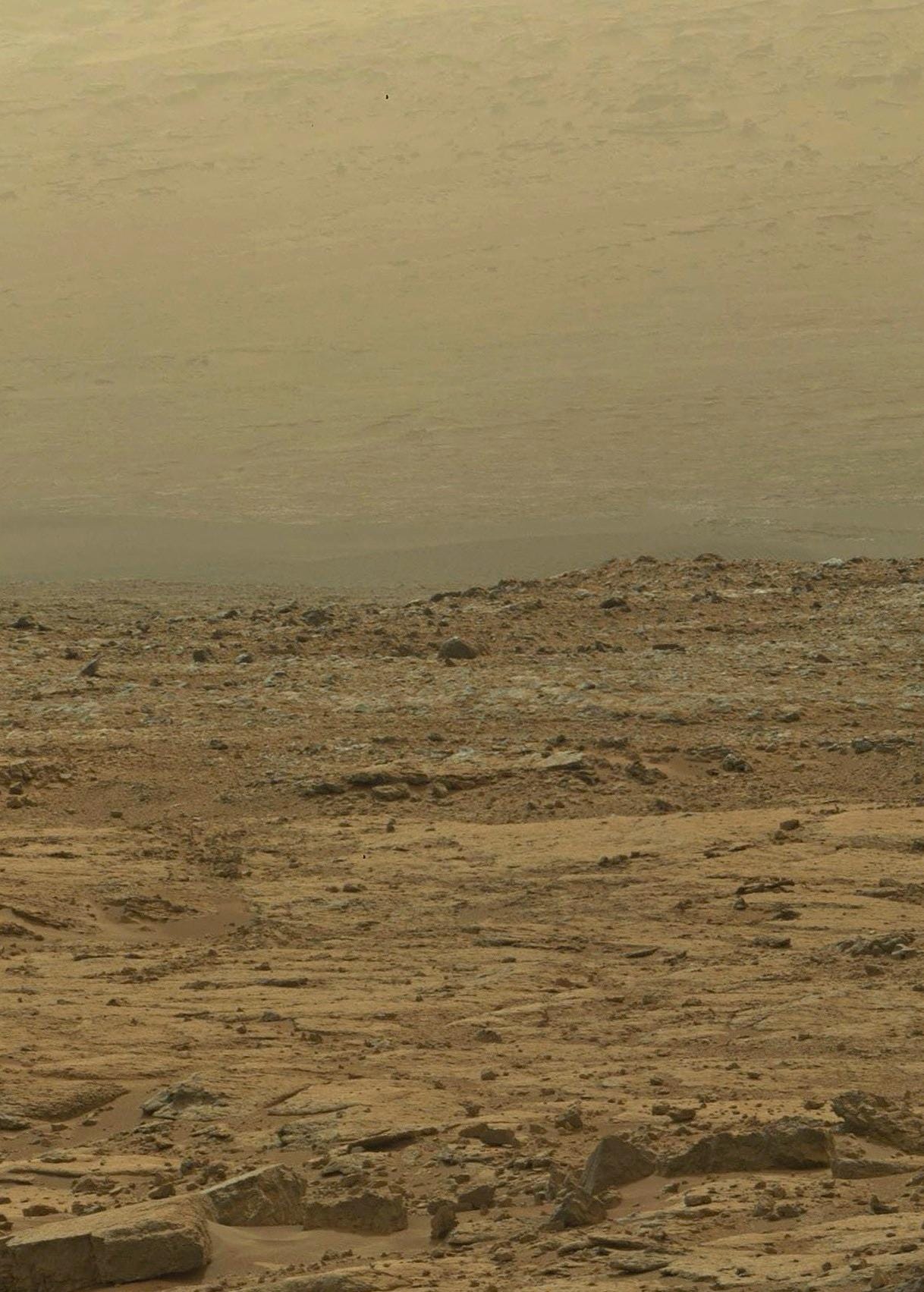
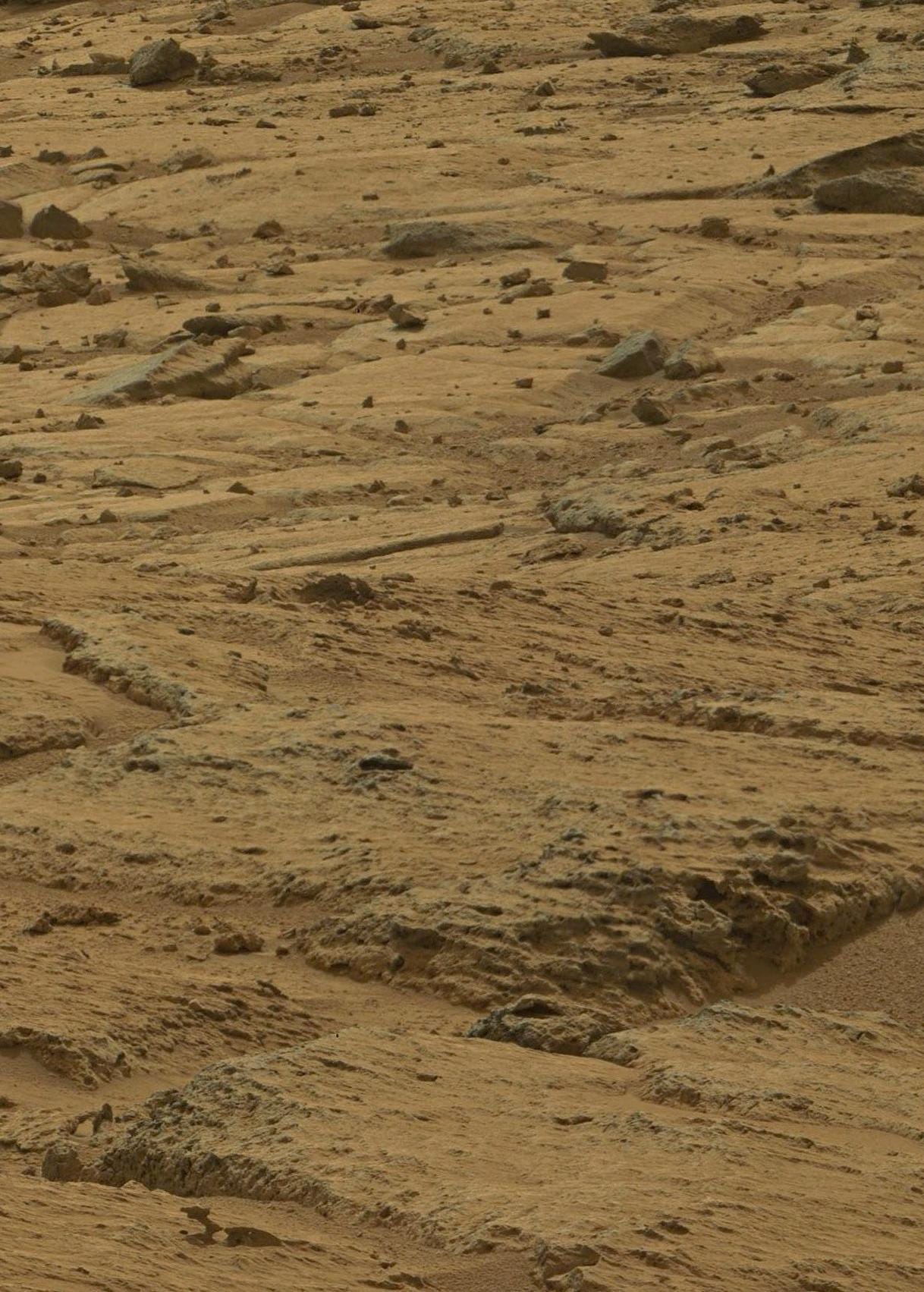
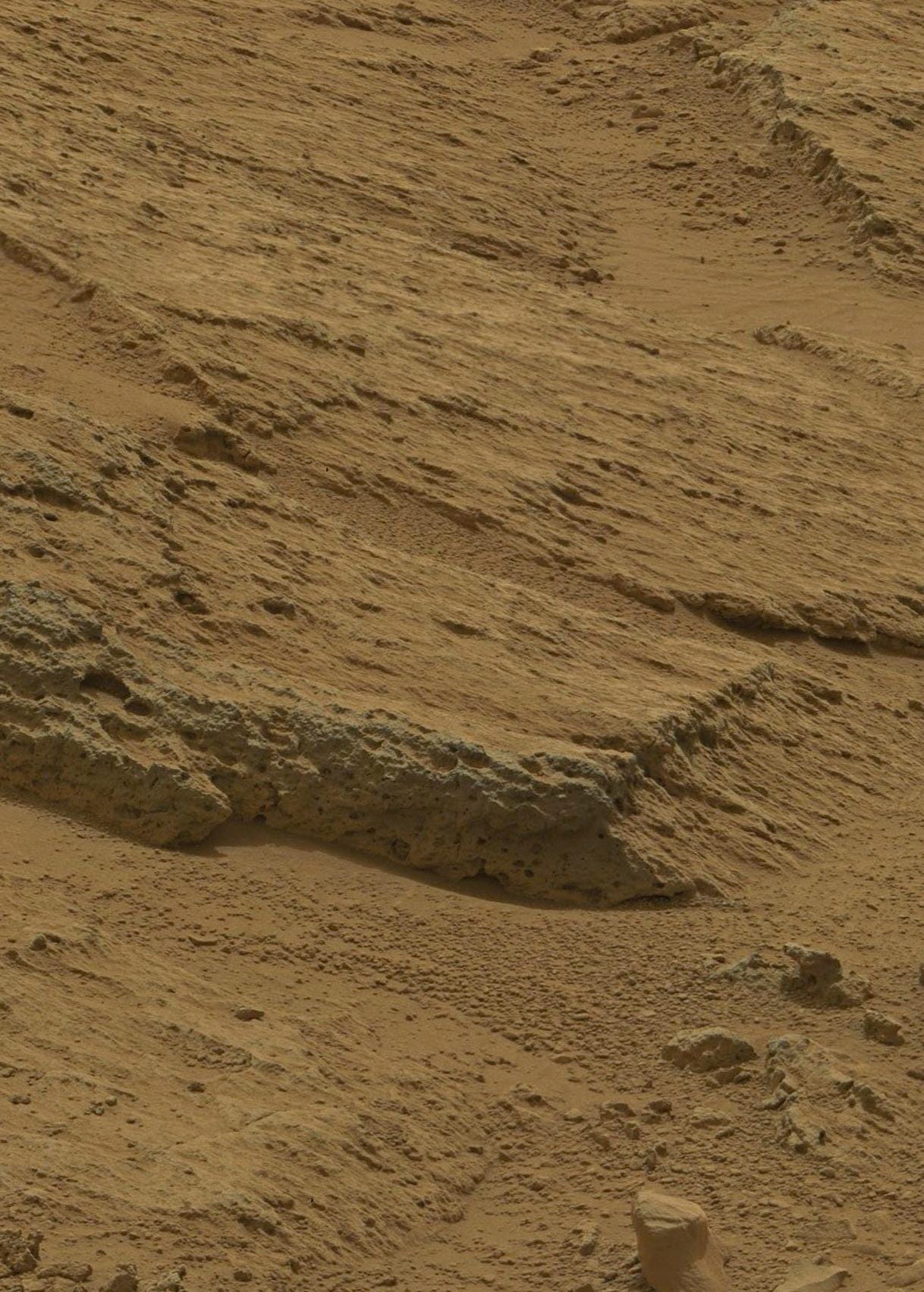


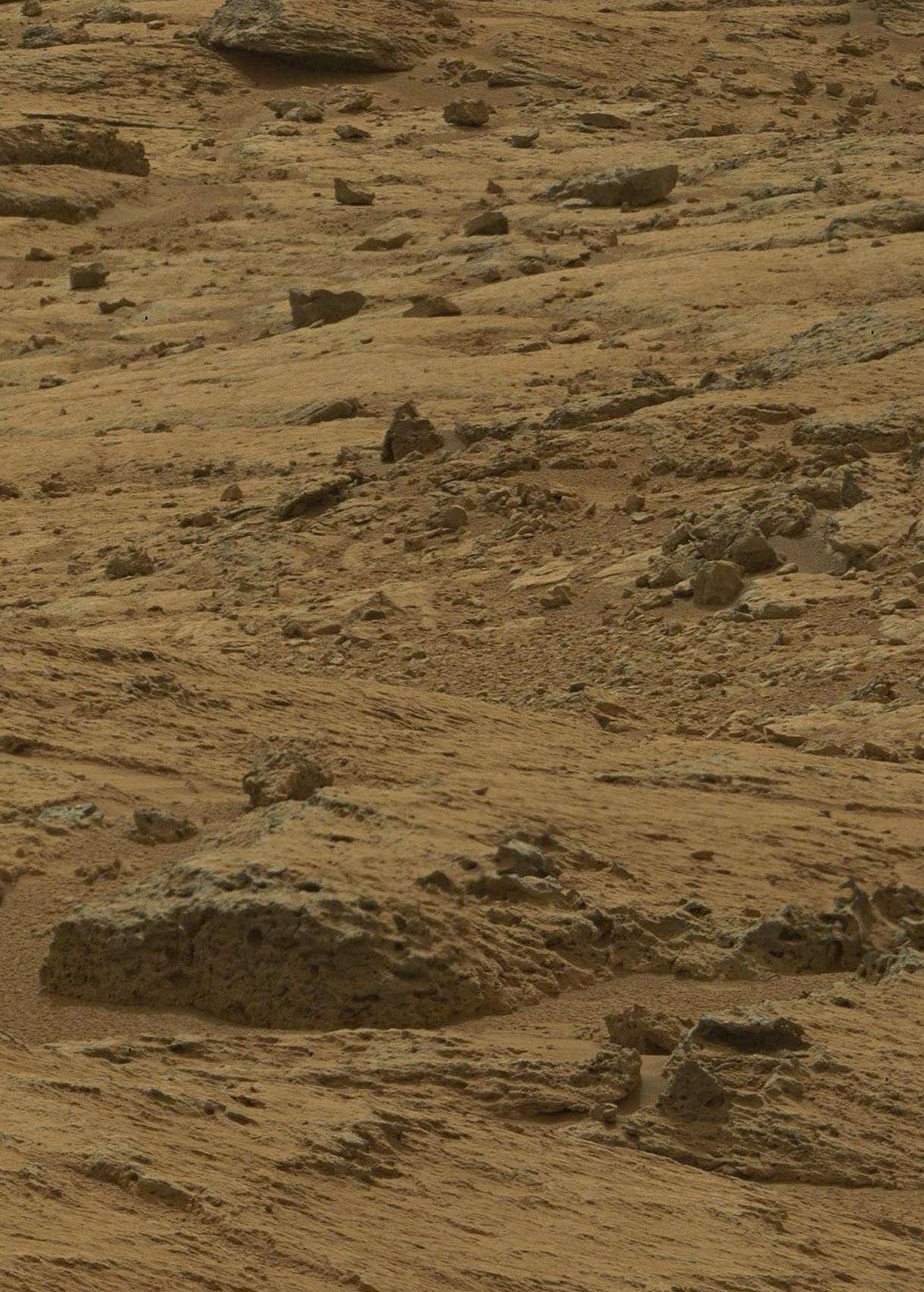

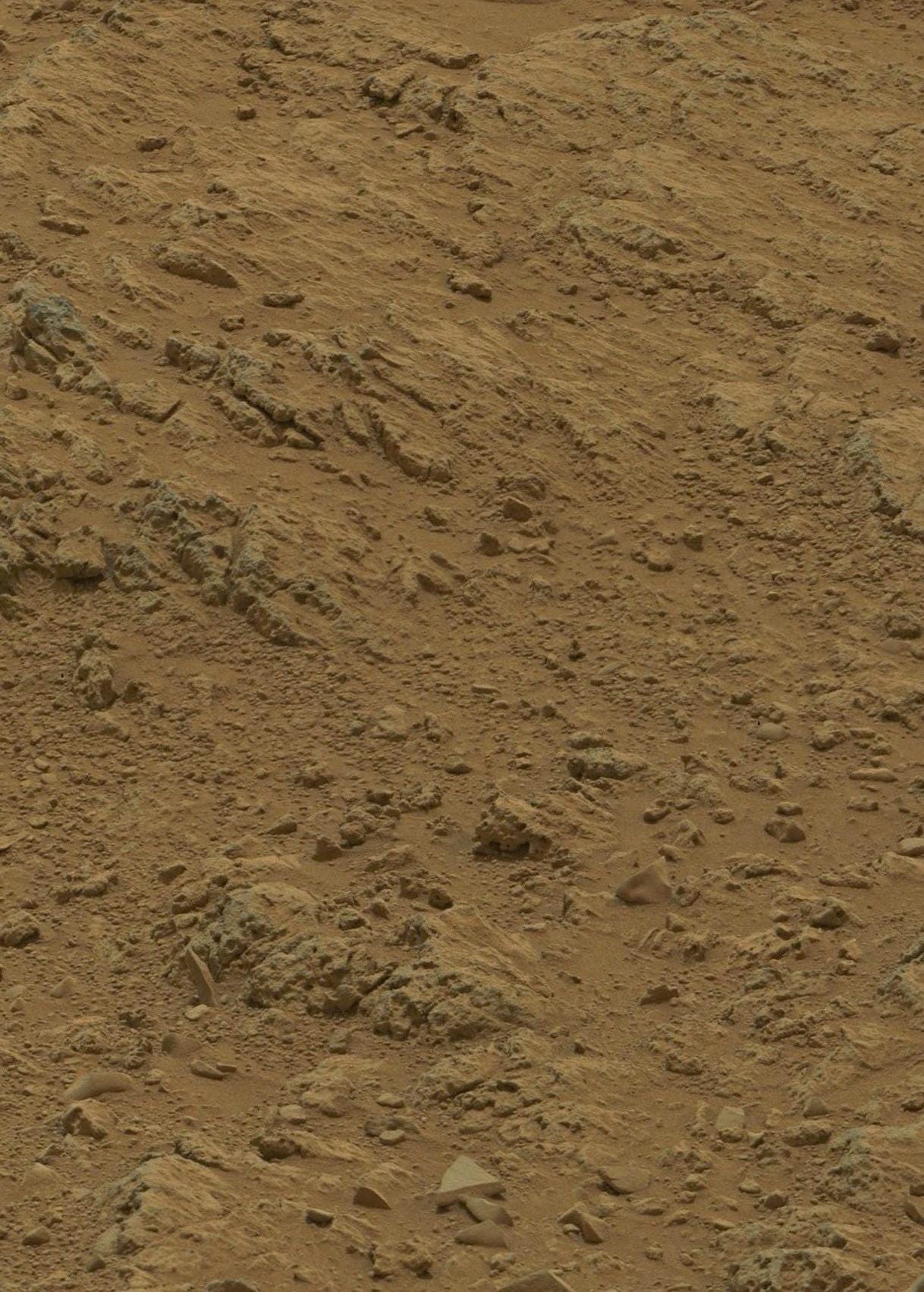
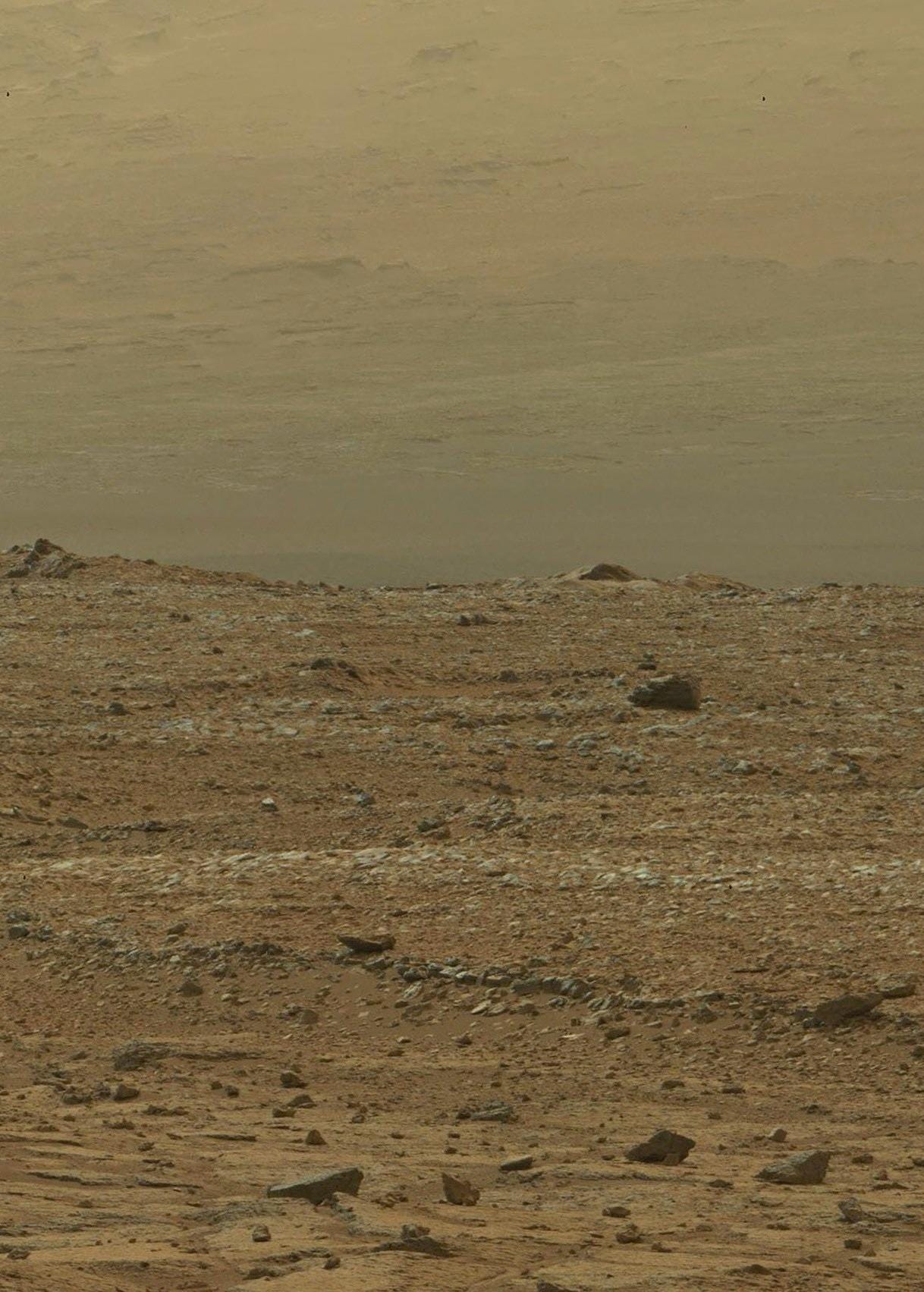
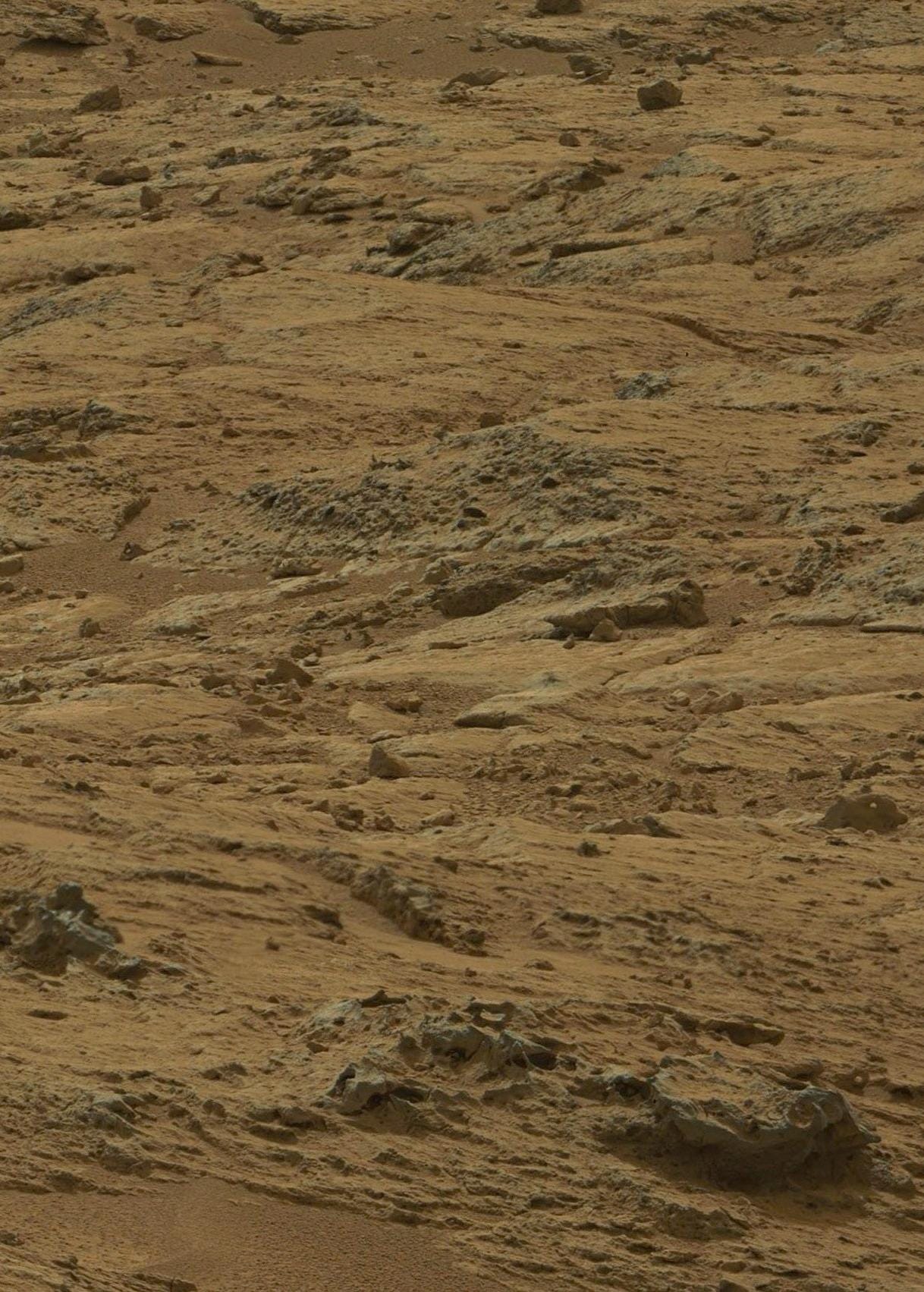
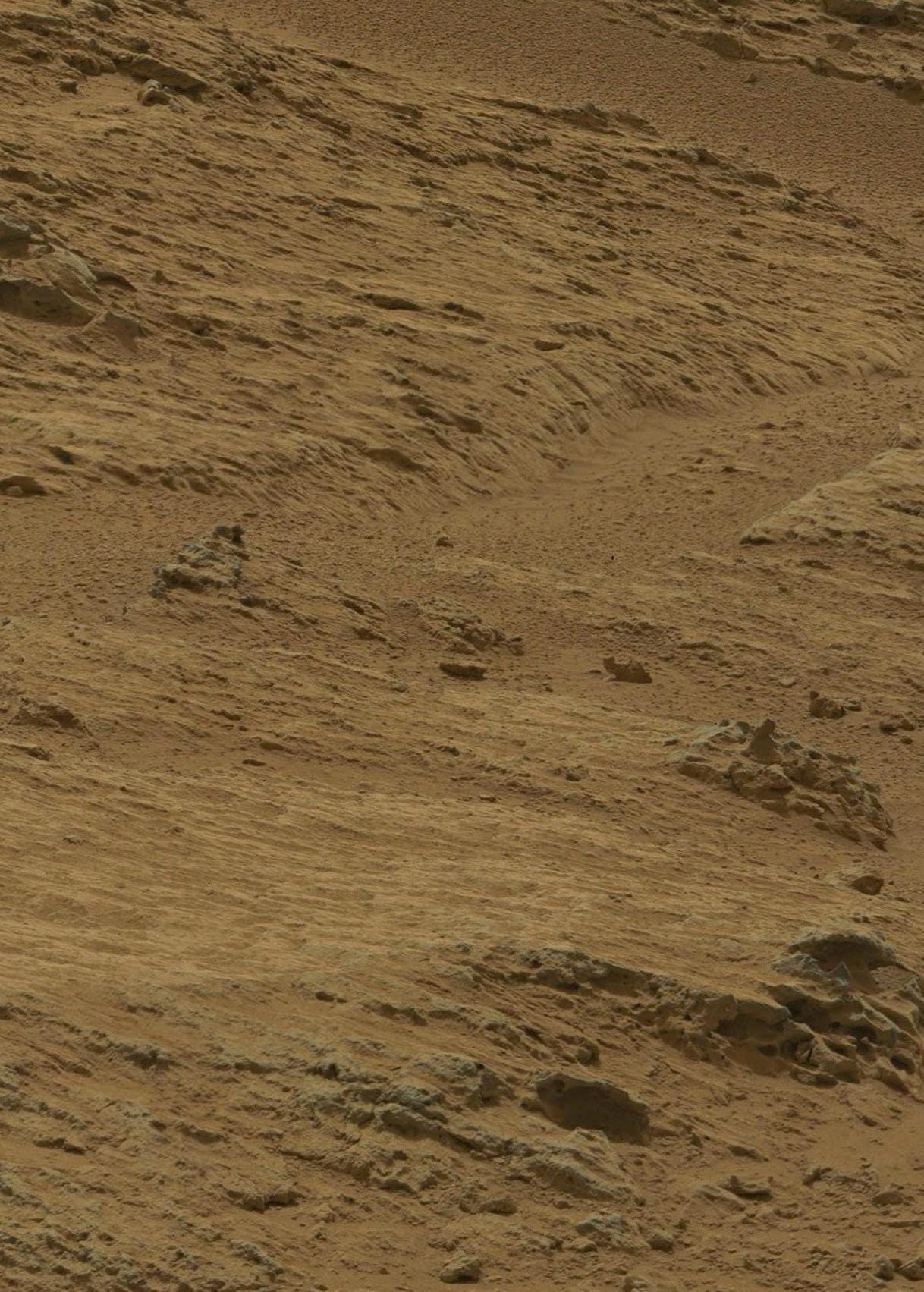
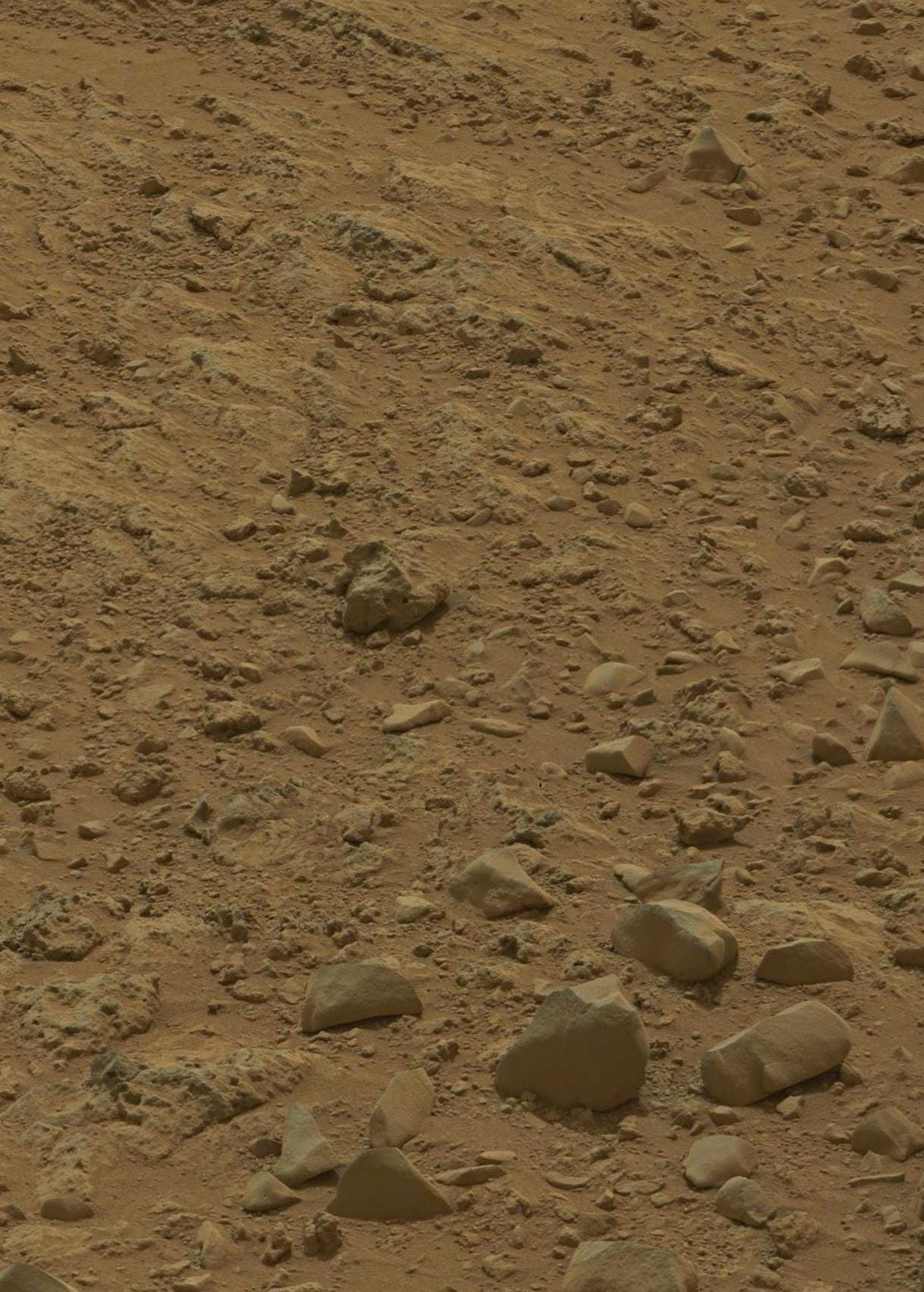
When Mars Curiosity survived its “seven minutes of terror” to land on the red planet, it immediately began photographing, measuring and taking data on the surface of the martian world. In its time there so far, it’s learned about the martian soil, geology, water presence, methane (of possibly biological origin), the radiation/cosmic rays reaching the surface and more.
But from a perspective that more humans can relate to, it’s given us the grandest, highest-resolution landscapes — and the ultimate selfie — ever taken of another world. Above, a true-color series of images from the MastCam was stitched together into a panorama by enthusiast Adam Foster (and broken apart into “strips” by me), while below, the Mars Hand Lens Imager (MAHLI) camera at the end of the robotic arm took the images that make up the rover’s self portrait on the side of Mount Sharp. The peak of the mountain is visible at the upper left, where Curiosity, shown in detail in the center, should have many years of continued exploration ahead of it. At the very bottom is a close-up of the “eye,” where Mars and the MAHLI camera’s reflection are caught in the MastCam’s oculus.

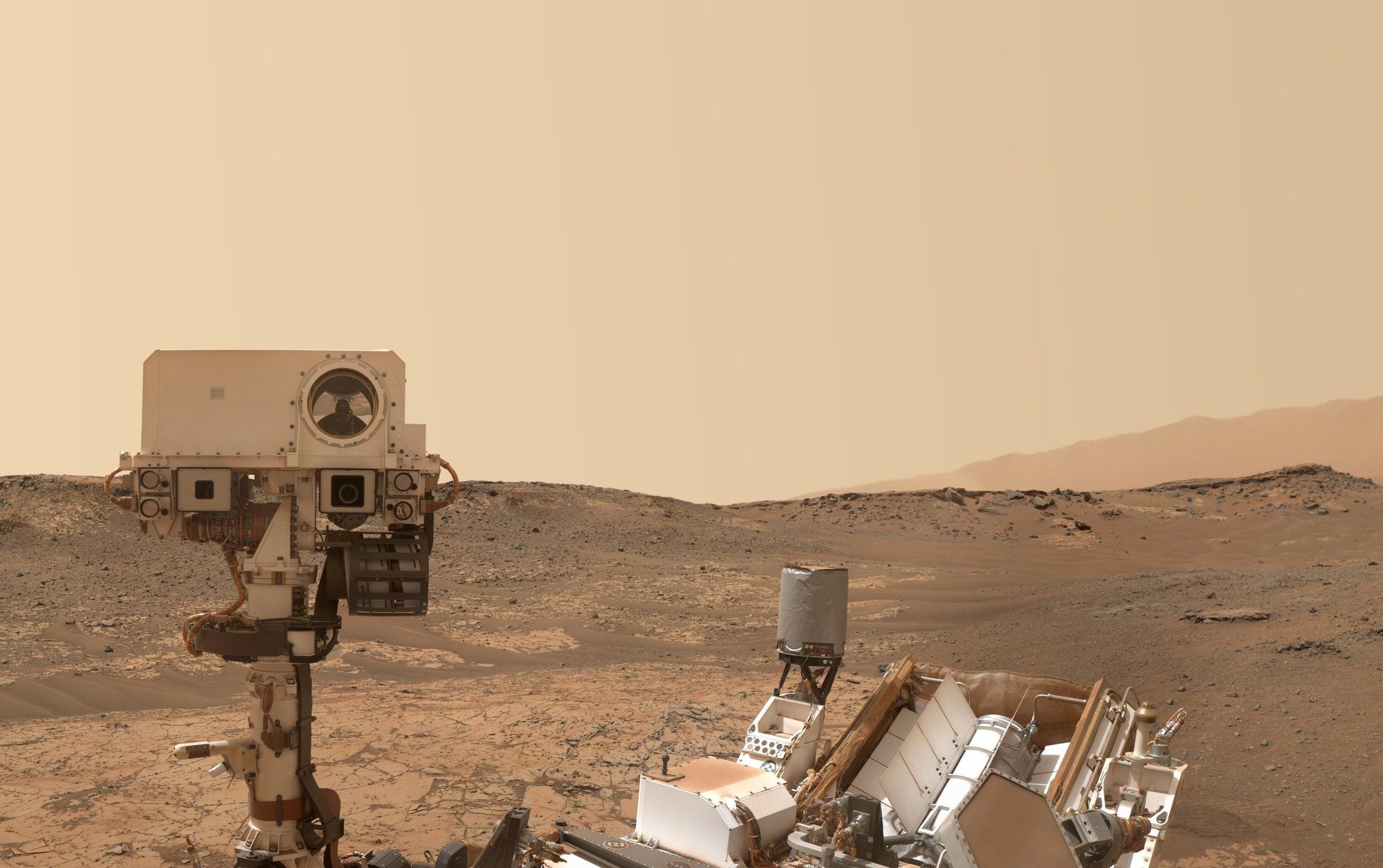
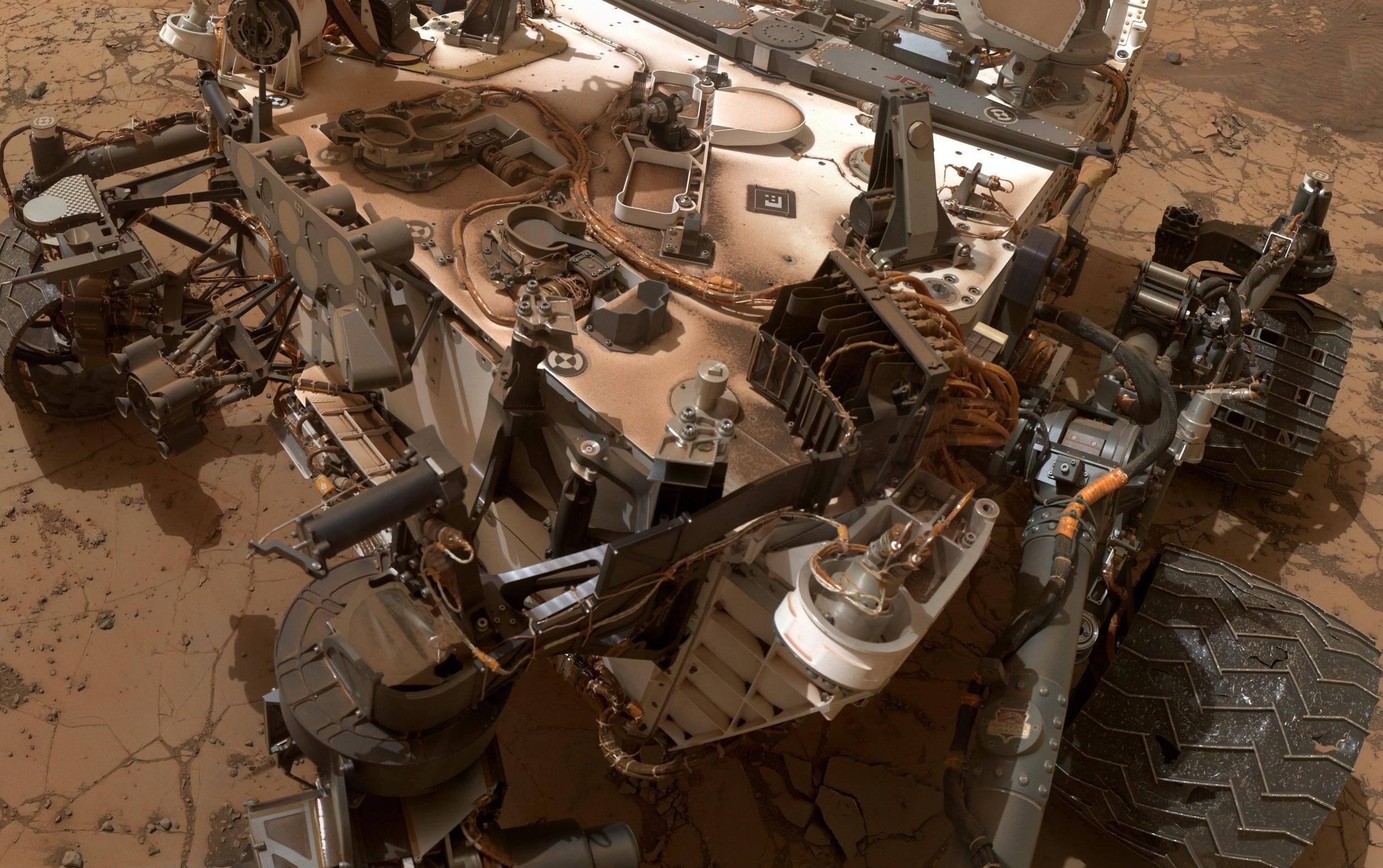

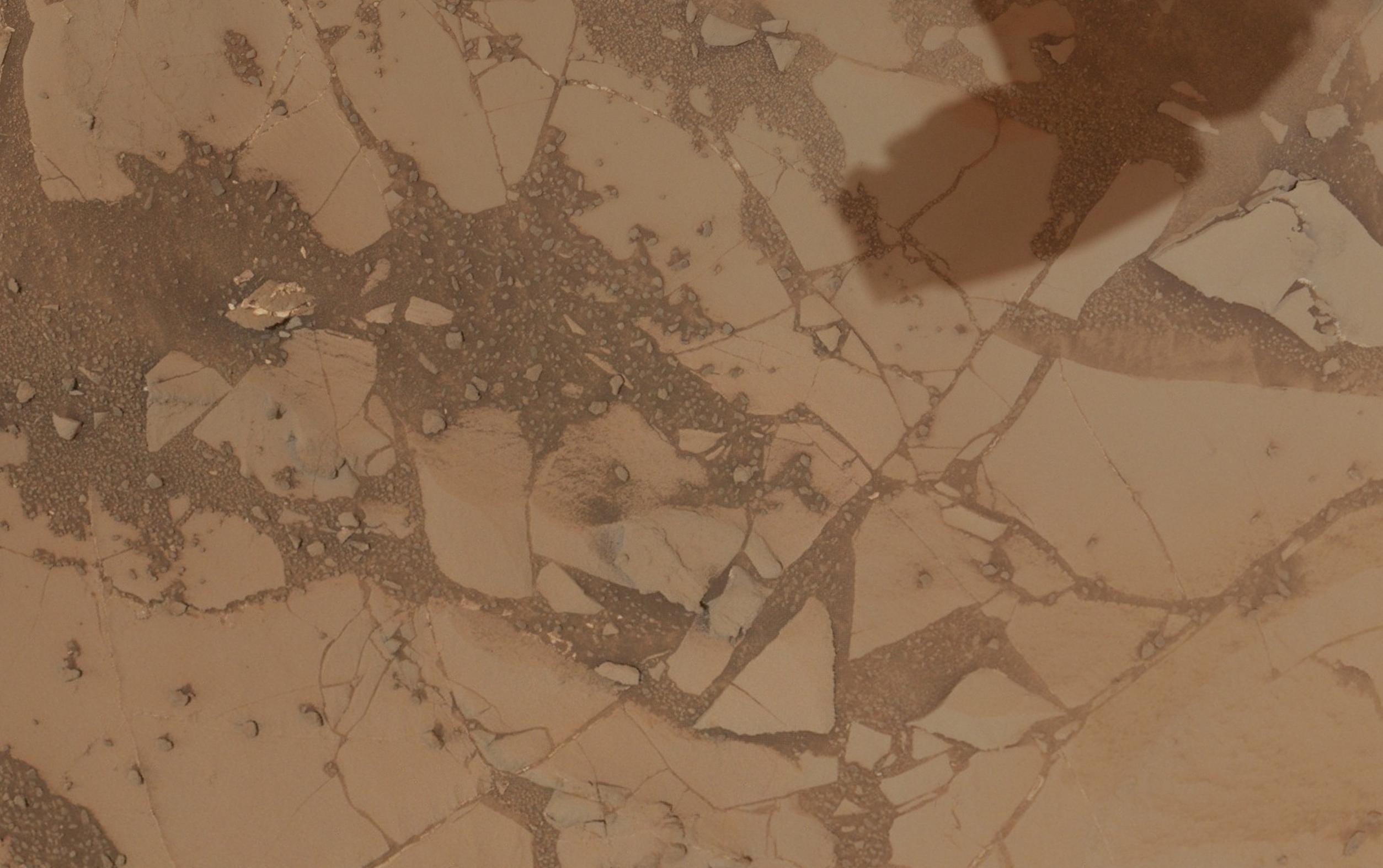
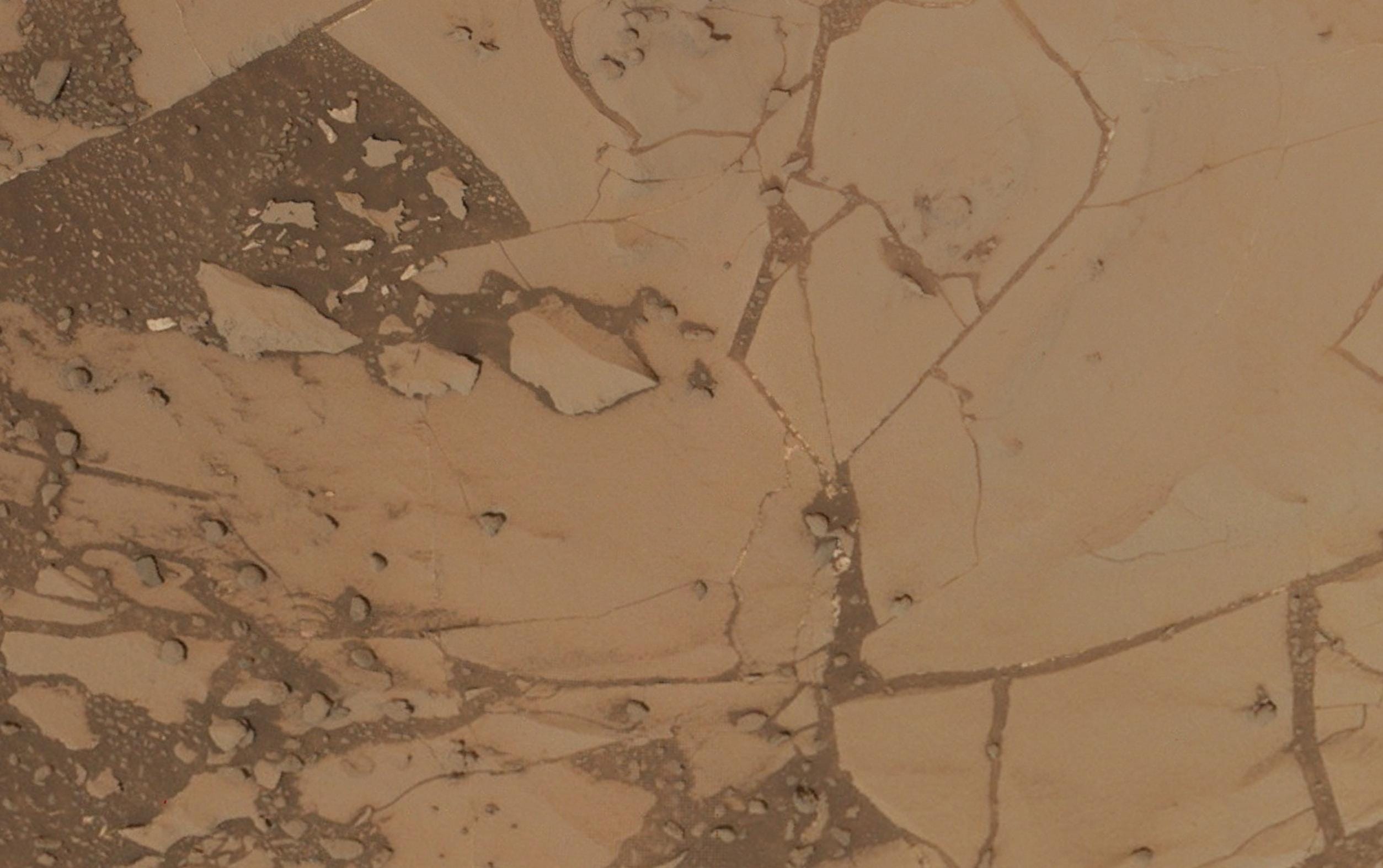

Mostly Mute Monday tells the story of a single astronomical phenomenon or object in visuals, images, video and no more than 200 words.
Leave your comments on our forum, and support Starts With A Bang on Patreon!





